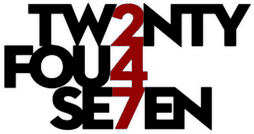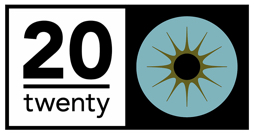927 Kirschenbürg Garden
Twenty20 & Co Inc
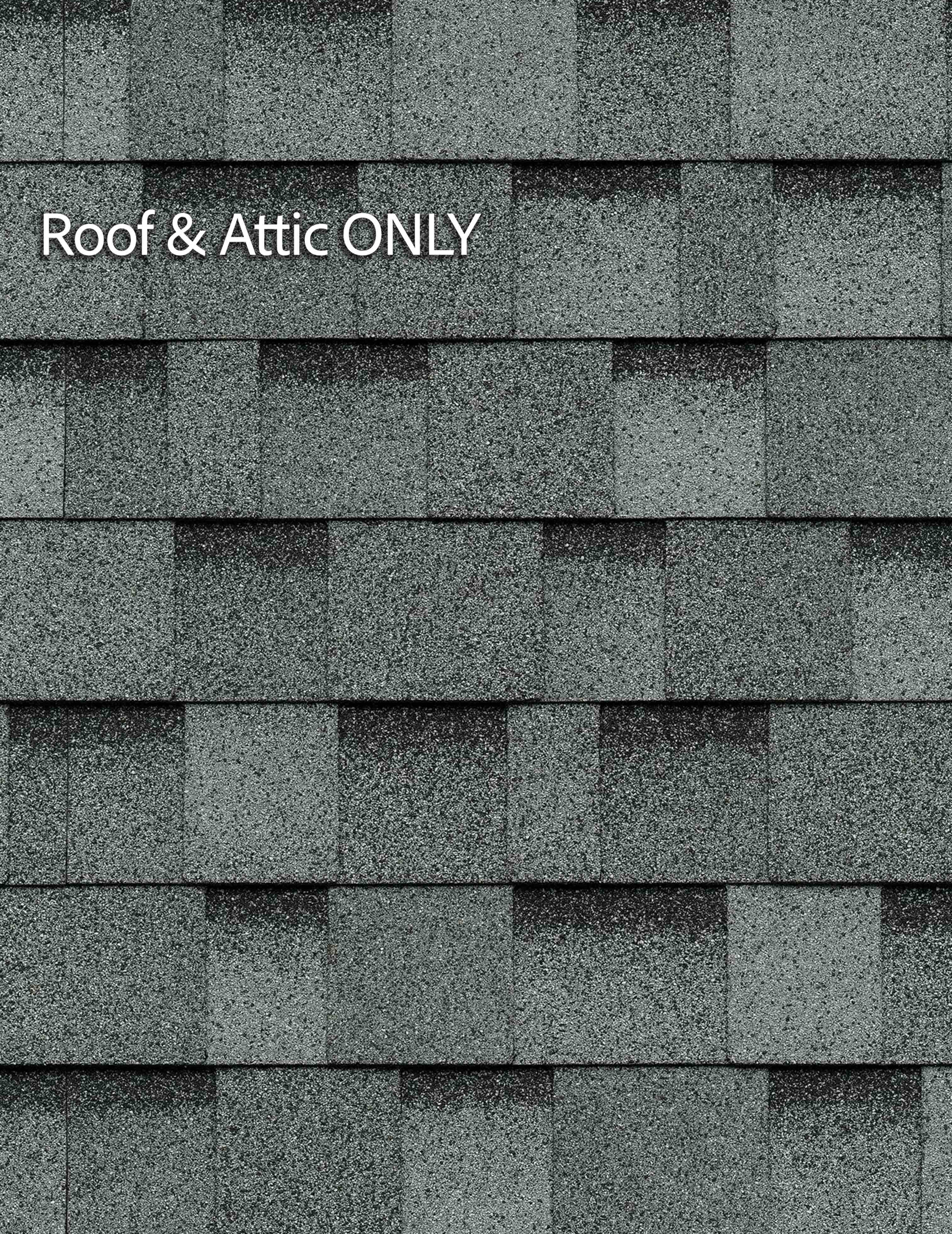

Apr 4, 2025
"Every little thing matters. The devil is in the details."
what you need to make an informed decision
stuff you'll need for your insurance policy

elements

|
|
Apr 4, 2025 |
|
|
927 Kirschenbürg Garden Verrado, Arizona |
|
|
Detached |
|
|
Sunny |
|
|
Client |
|
|
Alex McKenzie |
|
|
Cliff Anders 9412 Oakland Rd. SW Cliffanders@gmail.com 8888888888 |
|
|
Not applicable |
|
10:00AM Start Time |
method

From the disciplined approach of gathering information & curating, to the mixture of photos & clear narratives. The Method was founded on pure construction experience.
Designed to CONNECT you with the information to help make an informed decision & built to do one thing really well:
Drive the point home.
"Tell the story, share the knowledge & inspire action"


thank you
Thanks for choosing us for your home inspection. We appreciate your confidence in us & it was my pleasure to serve you today.
I will be your primary contact & I will do anything I can to make sure you are fully clear on my findings today.
Please feel free to contact us if you have any questions of if you need further information. We will gladly answer any questions.
Kind Regards,

Alex Mackenzie
stuff.
A home inspection is kind of like an annual check-up at the doctor. It’s used to make sure things are working properly & it can be useful in spotting things that might eventually become a problem Some people actually think we come equipped with a crystal ball, a flux capacitor or even X-Ray vision! Unfortunately, we can’t go into the past, go “Back to the Future” or, like Superman, see through walls.
Disclaimers are boring so I won’t get into that but please understand we can only visually inspect what we see today. Every house is different just like every customer has different expectations of what a home inspection should be. However, we know some people like to read the report in its entirety. Attached we provided you with a full copy of our Standards of Practice & Disclaimers.
If you are reading this then obviously the details matter to you. You’d make a great home inspector.
legends
 |
It’s a snap! Here are some key terms you’ll see throughout. |
| Iconography | Sometimes we use icons or example images when it provides a more effective representation. |
 |
Immediate Attention There's some real urgency on the fix. |
 |
Attention Heads up! This may need to be fixed very soon. |
| Not Inspected | Limits out of our control & or outside of our SOP's |
| Hand Gestures | Non-verbal communication in a photo that packs a punch. |
| Issue: | Identify the problem if there is one |
| Action: | Recommended path to address the issue |
| L: | Location where it is found |
| T: | Typical Tradesperson |
| R: | Reason why it wasn't inspected |
| $ / $$ / $$$ | Merely a rough guide of overall cost. |
summary

Action: Improve hatch
Notes: Minor staining noted, but this can be easily rectified with better weatherstripping, more insulation on top of the hatch and consider latching the hatch for good compression

Action: Upgrade/install
Notes: Neglect of this weatherstripping may lead to less desirable hatch effectiveness, allowing conditioned air into the attic soace above.

Action: Install
Notes: This was noticed at the southwest corner of the attic space. They’re either buried or missing. This is not a hard fix but very important for proper ventilation.

Action: Improve outage L: Seen from hatch
Notes: It appears condition air is finding its way into a unconditioned space, causing condensation, frost, and potentially at a rain. This is an easy fix, let’s button her up.

Action: Further Evaluate L: NE Rear
Notes: This may lead to damming & poor performance if not rectified.
summary

Action: Improve
Notes: Considering the potential implications of this could help minimize future complications.

Action: Improve
Notes: This is pretty typical with our extreme hot and cold cycles. Not the end of the world, but would like to see the ripple corrected.

Action: Extend/ add 8 inches L: SW Garage
Notes: This does not meet the minimum code. Extension needed, please photograph when completed.

Action: Reinforce L: SW Ridge
Notes: This was noted 4 feet in from SW corner of the ridge. Marked off with chalk.

Action: Install heat trace cable T: Roofer L: NW
Notes: When you have two valleys converging into one small gutter, there’s a real potential for ice jamming. Please consider installing heat trace so that the water will flow instead of turning to ice.
| R BACK TO SUMMARY |

|
|
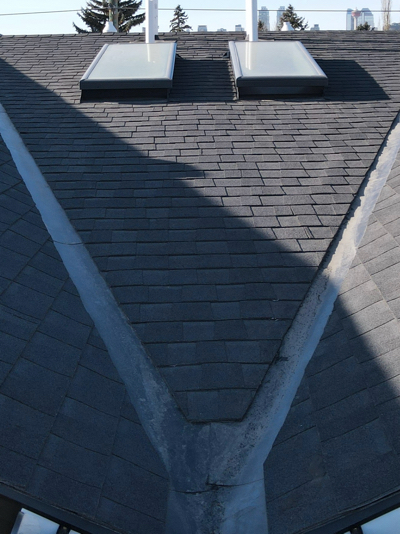
|
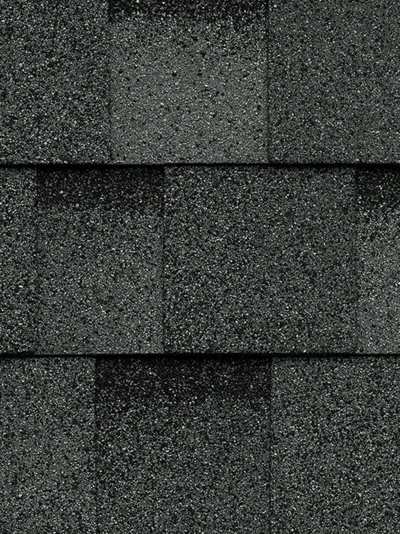
|
Objective 2
To identify signs of weakness, deterioration, or hazard.
Objective 3
To identify needed repairs.
|
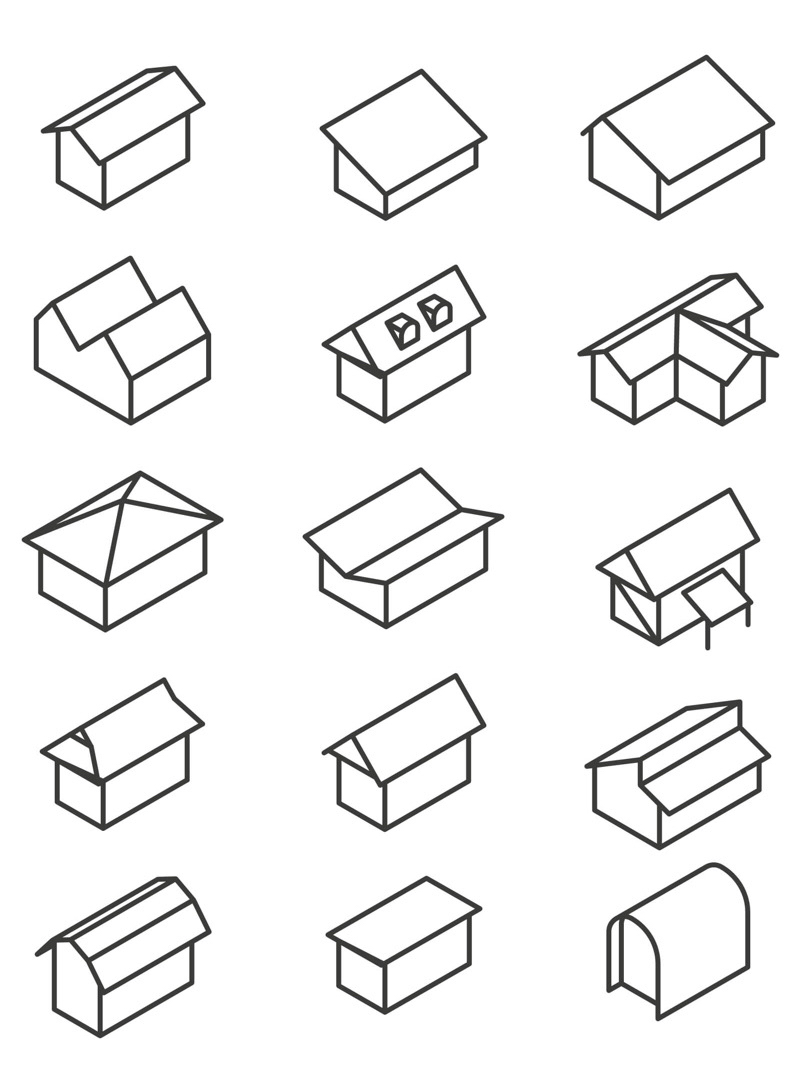
|
Roof Systems
can deteriorate from: normal wear; severe weather conditions (e.g., wind & snow loads); building movement (e.g., settlement, material contraction/ expansion); & improper design, construction & maintenance. Any roof repairs not dealt with after the first signs of failure can result in increased damage to the building envelope & interior finishes & loss of occupant productivity if damage causes interruption in client services & program delivery. Failure of structural integrity can endanger occupant safety.
|
|
| A BACK TO SUMMARY |
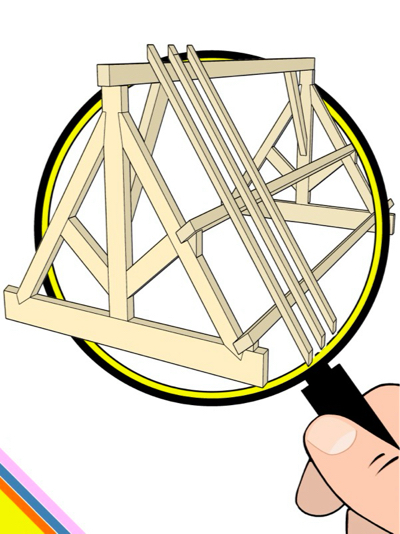
|
Attic structure
Constructed to distribute the weight of the roof onto the exterior walls of the house.
|
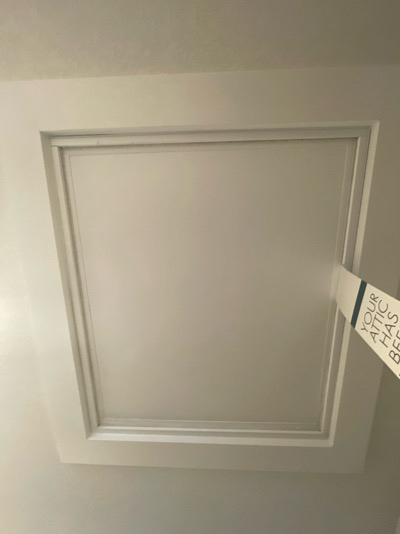
|
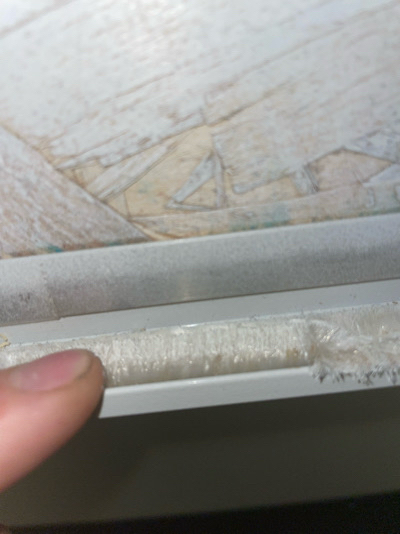
|
|

|
Hatch Diagram
Also known as the scuttle hole, the better the hatch door, the better you can control your home's climate. A proper cover consists of the following: (1) Attic Insulation, (2) Insulation Dam, (3) Air Seal Gasket, (4) Hatch insulation, (5) The Hatch Door.
|
|
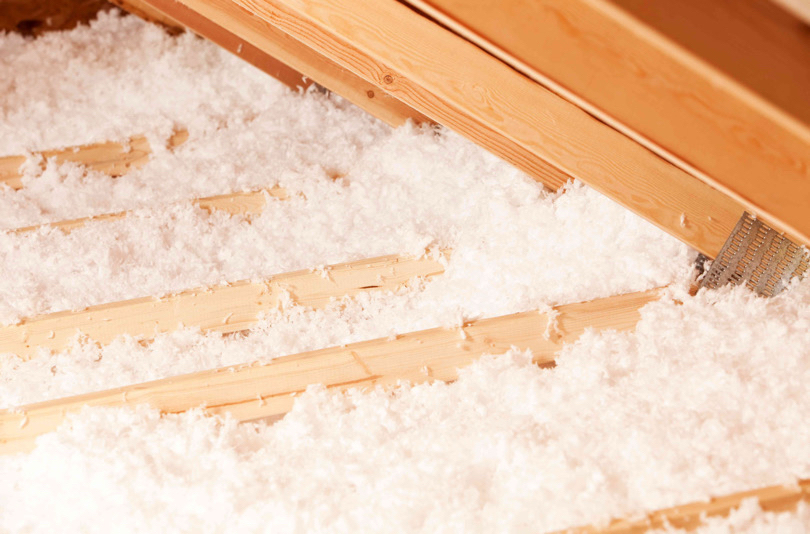
|
|
|
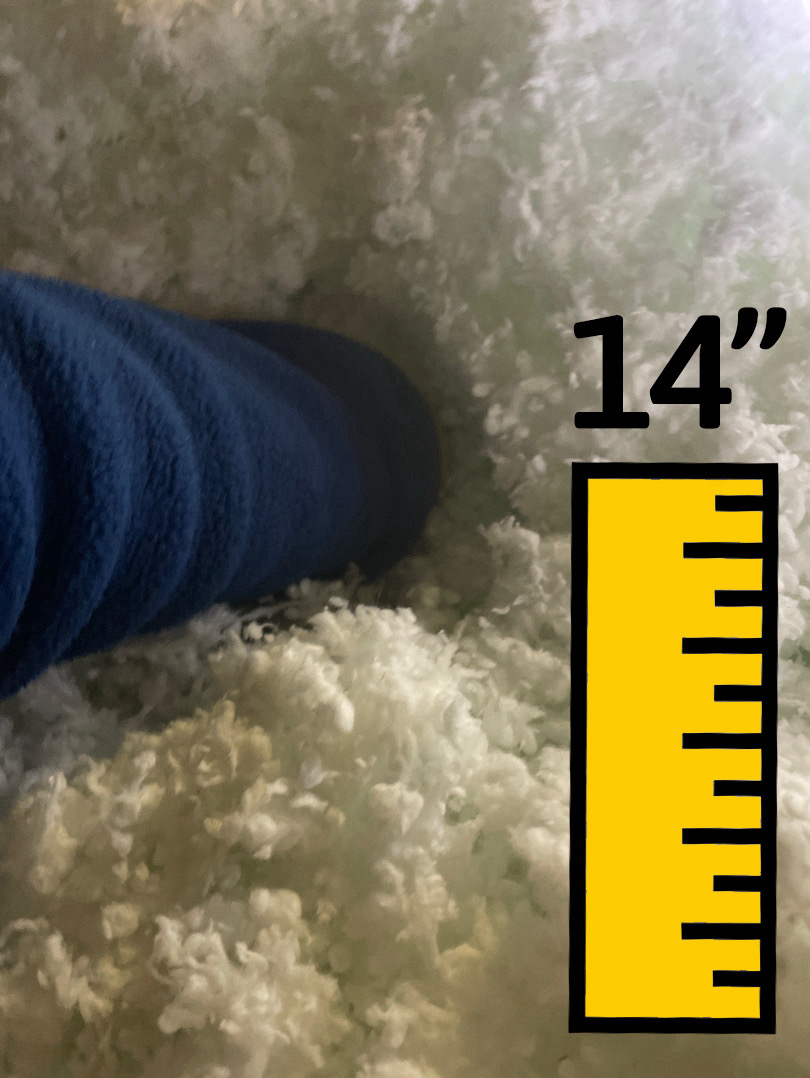
|
Insulation Depth
There's no getting around it: If your house is in cold weather, keeping it warm in winter is expensive. Having the correct amount of attic insulation can help you maintain a comfortable temperature throughout your home & help save $$$ on your energy bills. *Plus, it could help prevent major issues like ice dams or even attic rain.QUICK FACTS: Attic insulation is the easiest & most cost-effective upgrade to a home. A properly insulated attic can save you an estimated 10-50% on your heating bill. |
|
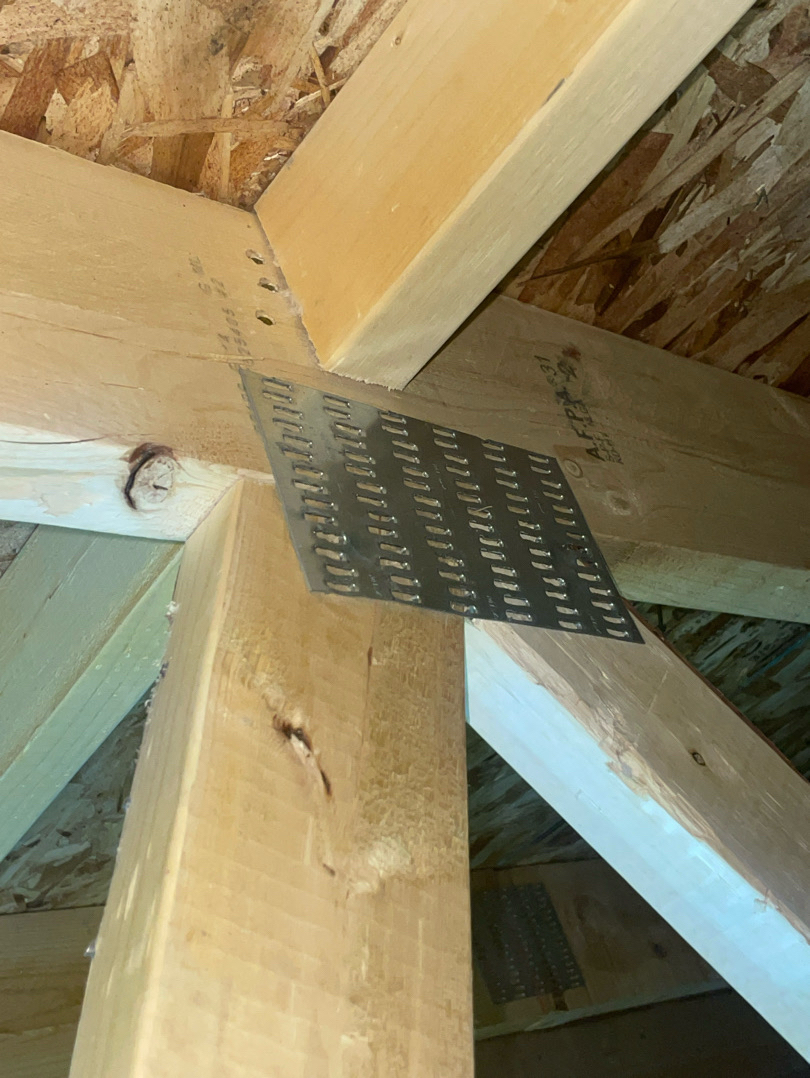
|
Attic Structural Health
High attic humidity usually shows up as dampness, rusty fasteners, or frost on the underside of the roof sheathing.Don’t rely on ventilation alone to take care of moisture in the attic. The best protection against condensation, mildew & rot is an air-tight ceiling. Make sure you keep that attic hatch latched for good compression between the hatch & the weatherstripping. |
|
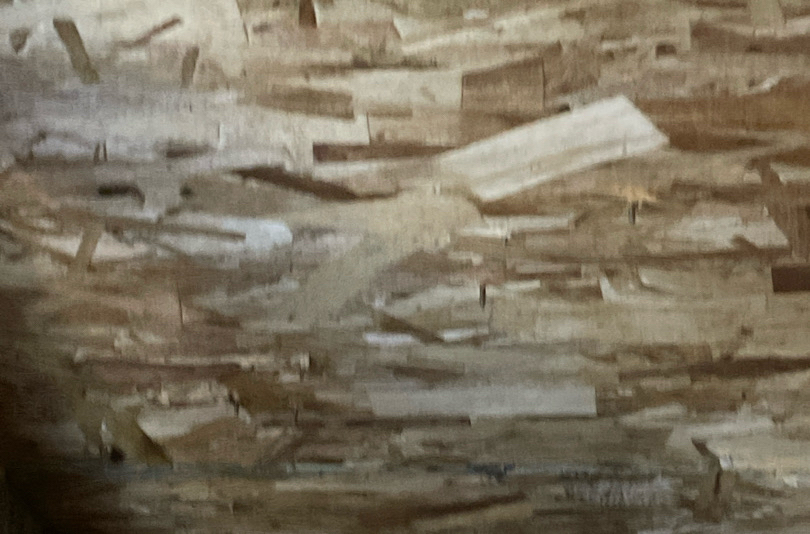
|
|
|

|
Attic Sheathing
“Roof Sheathing” Here are the boards or sheets that bridge the trusses or rafters.
|
|

|
Attic Construction Overall
Designed to support the roof with rafters or trusses.
|
|
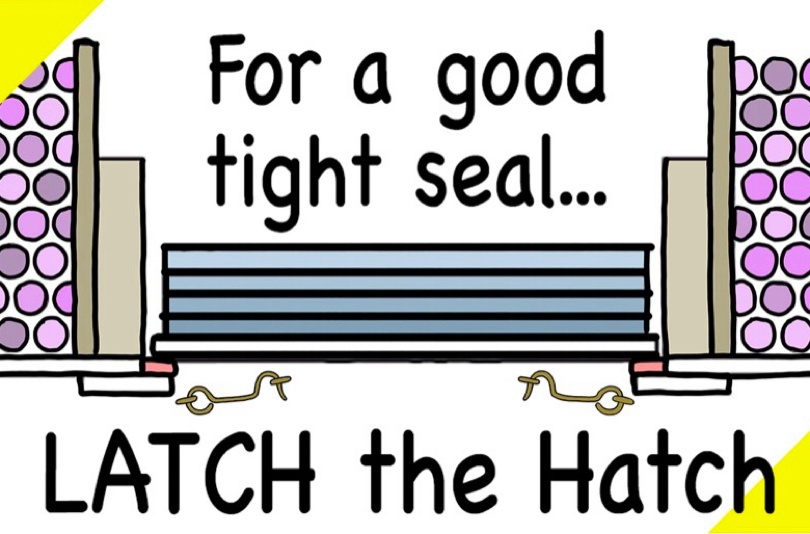
|
Attic Hatch Latch
Attic Hatch Latch The goal is to match the R-value of the hatch to the overall attic R-value. Upgrading the weather stripping & installing a latch to the hatch will help compress the gasket & improve the attic hatch seal.
|
|
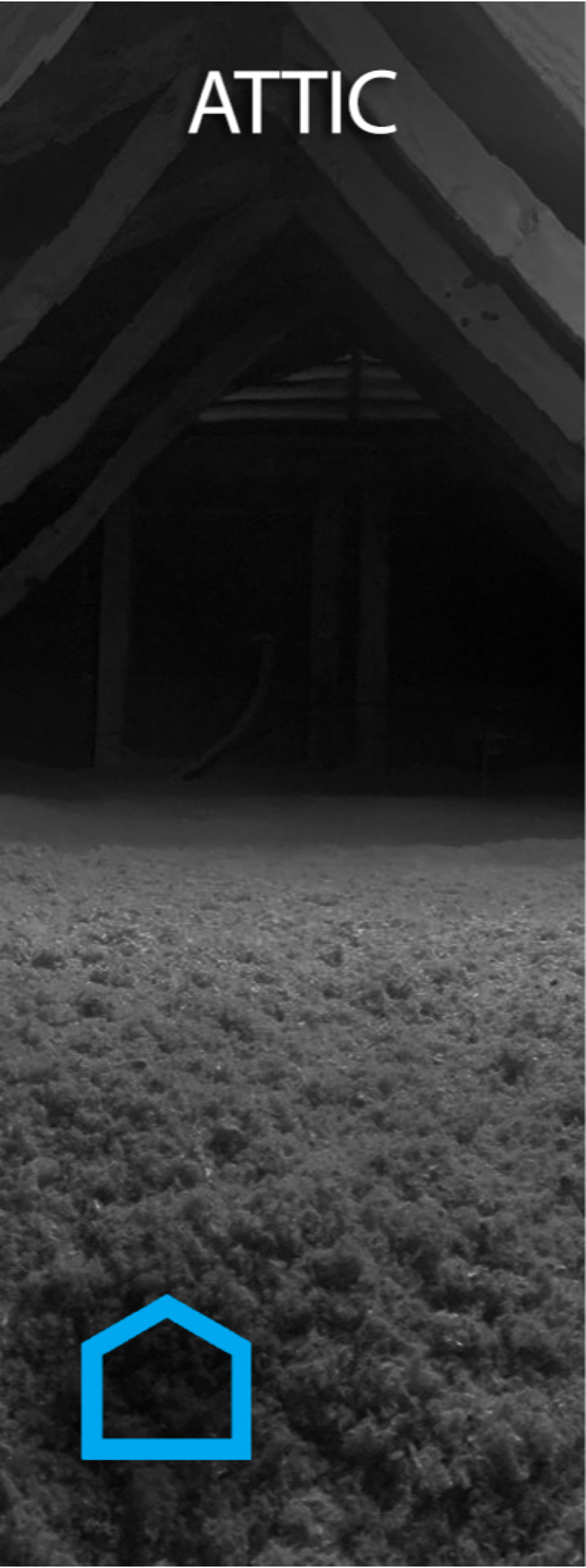
|
The Attic
You may never have taken the time to look inside the attic of your home, but knowing its condition can save you $$$.
|
|
| R BACK TO SUMMARY |
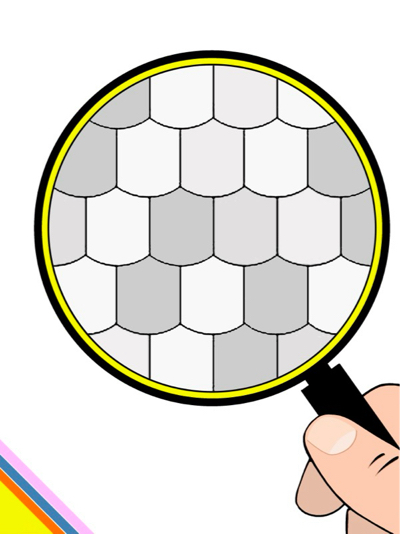
|
Why do roofs leak?
High winds, hail, snow, ice & deterioration, or defects in the material. Yearly maintenance will aid in leak avoidance.
|

|
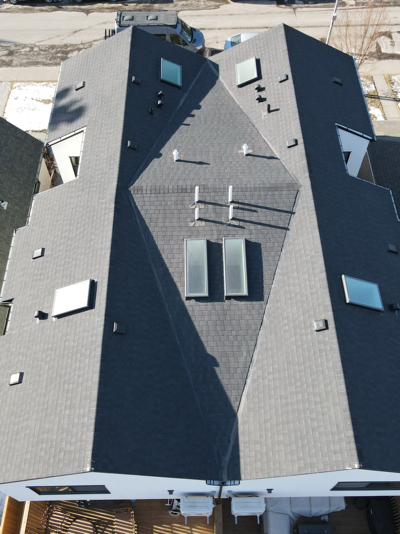
|
The Roof Material
This is the outermost layer on the roof charged with providing shelter from the natural elements.
Roof Observations
Examined for continuity of material & coverage.
|

|

|
Roof Utility Penetrations
Used in roof assemblies to allow outside air to enter or exit. Such as vents, stacks, flues & others. Perform annual inspections.
Roof Sealant
Boots & flashings may need replacement & general upkeep over the years.
|

|

|
Soffit
Keep clean & free of debris like vegetation. A very important facet of the home!
|
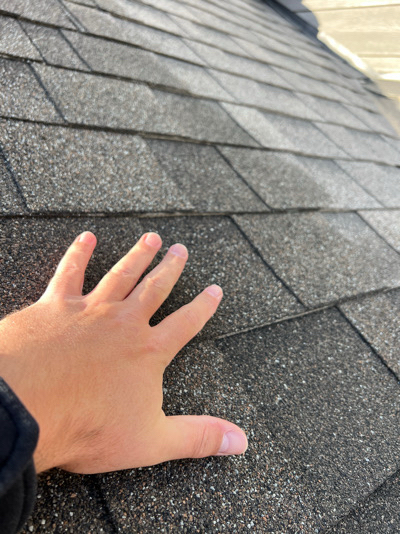
|

|
Roof Observations
Examined for continuity of material & coverage.
Support Photo
|

|

|
Support Photo
|
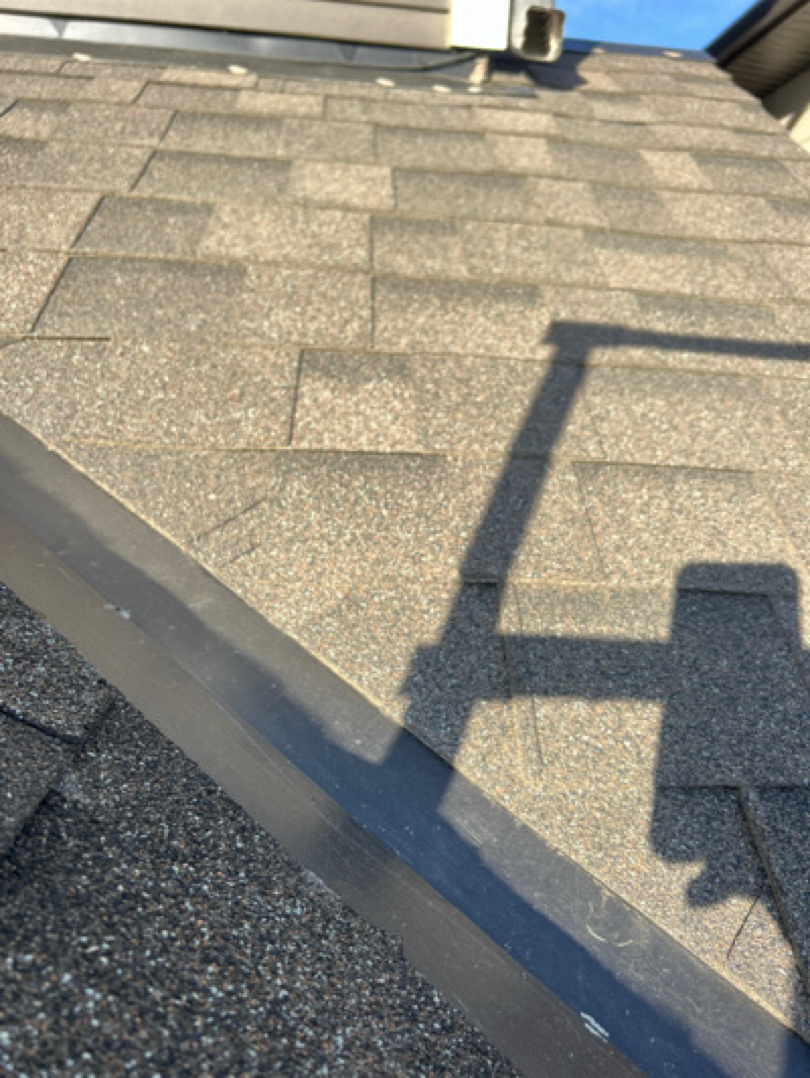
|
Valley Flashing
These V-shaped channels run up & down the 'folds' of a roof. Maintain a clear path.
|
|
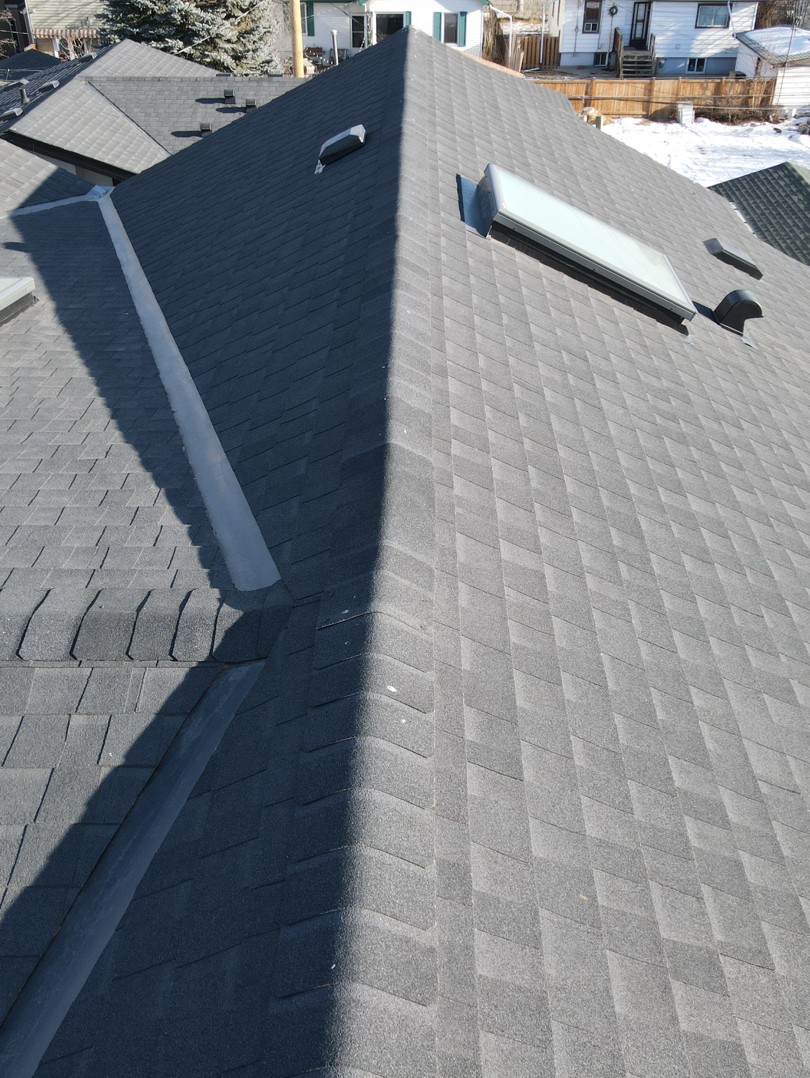
|
|
|
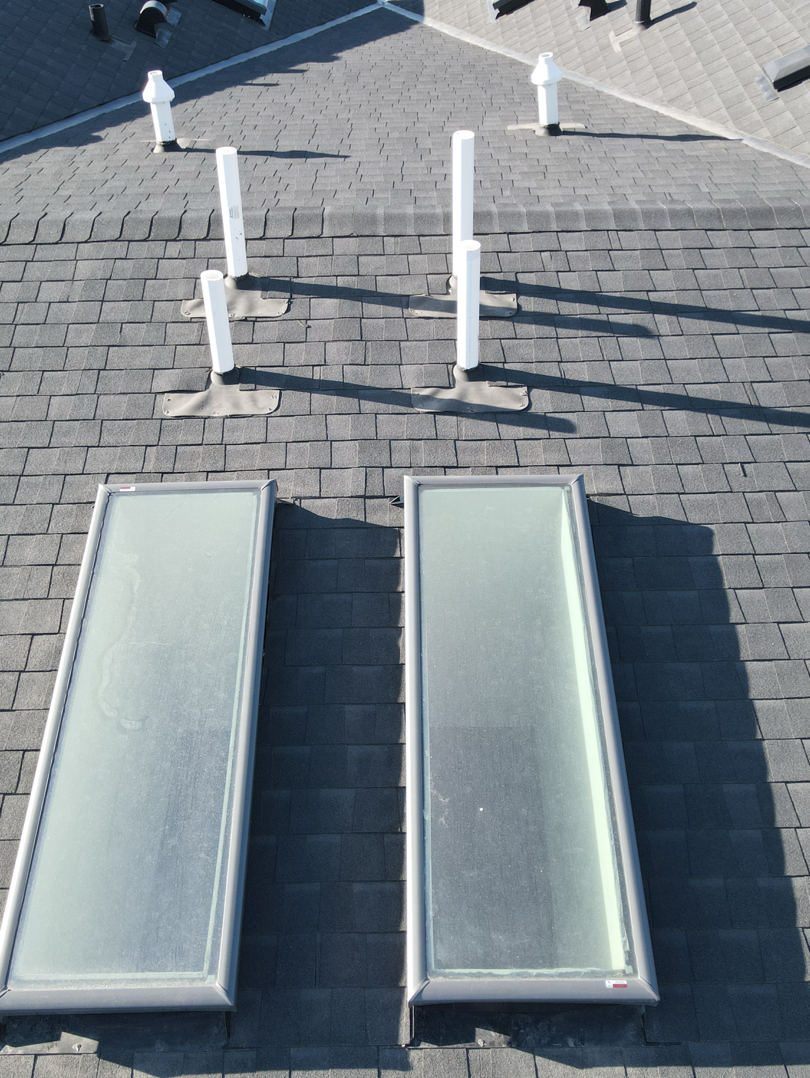
|
|
|
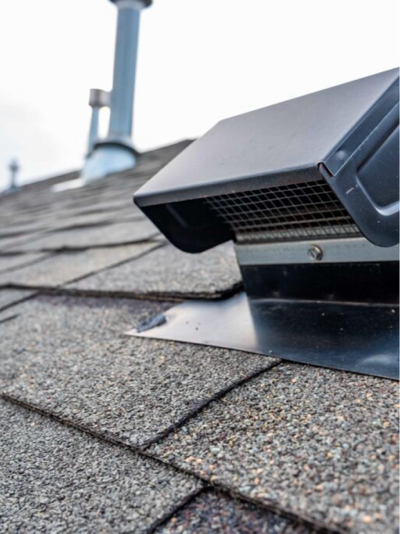
|
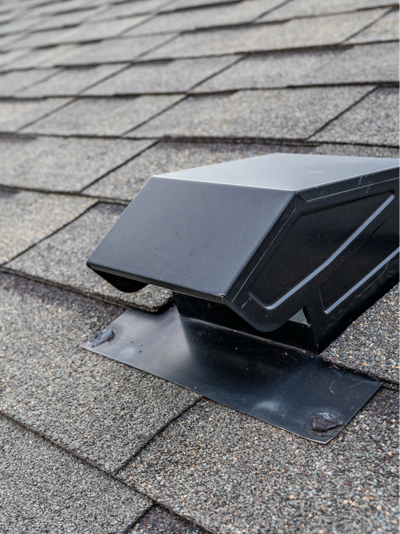
|
Roof Ventilation
Their primary job is to provide an unobstructed exit for the heat, hot air, & moisture trapped in your attic.
Roof Vents
They extend the life of the roof, regulate indoor temperatures, & reduce the cost of energy.
|
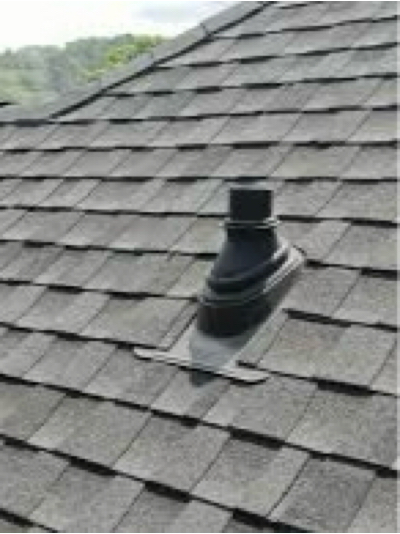
|
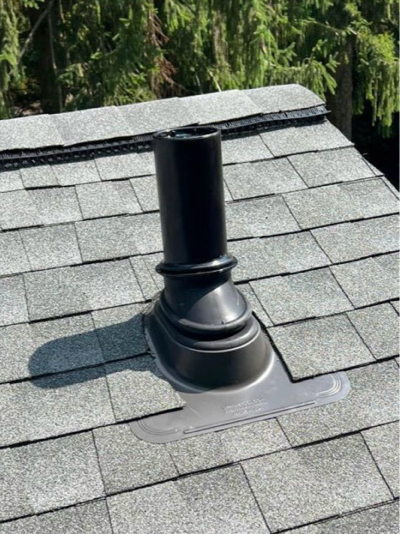
|
Sewer Stacks
These vents are only used to vent sewer gas & to allow drains & toilets to operate efficiently.
Sewer Stacks
If you poke an additional hole into a soda pop can, the liquid will leave the can much quicker. This is how a stack vent works.
|
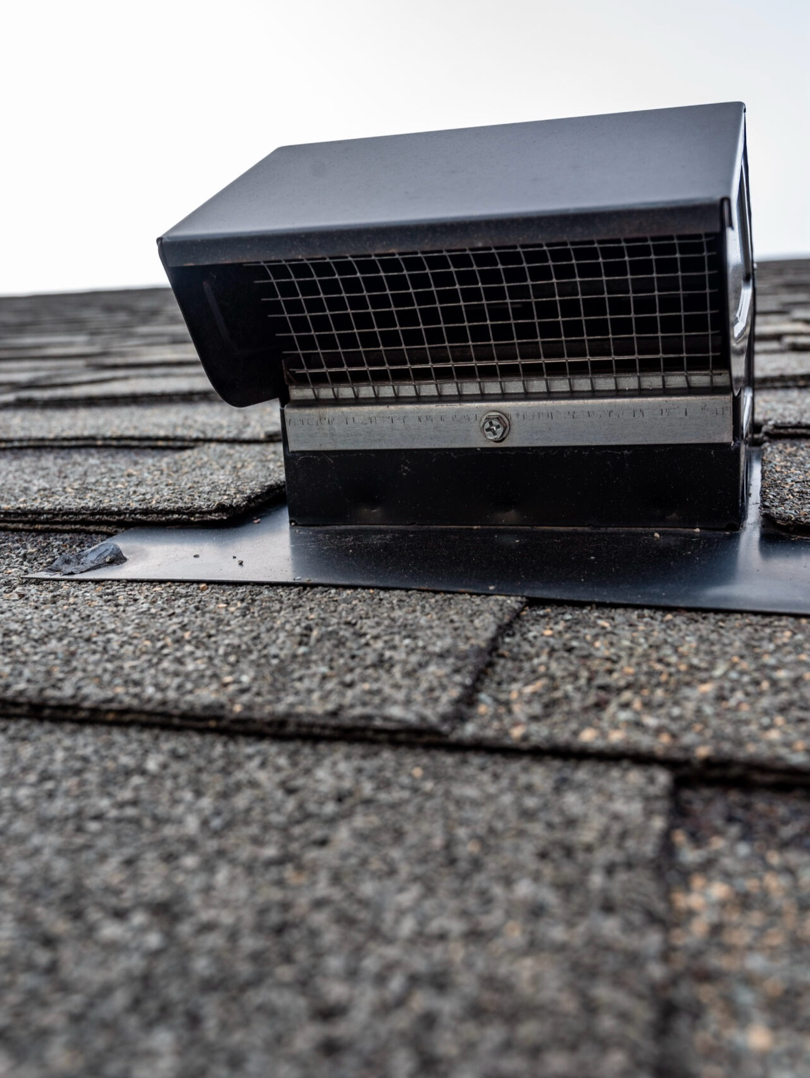
|
Vents & Stacks
Ventilation is KEY to the overall integrity of your roof. The plumbing vent, also known as a vent stack, helps regulate the air pressure in your plumbing system. The roof vents create proper airflow, which reduces moisture that can build up inside an attic. Ventilation is one of the most critical aspects of your home to help prevent condensation, which ultimately leads to mold, rot, & inevitably deterioration.
|
|
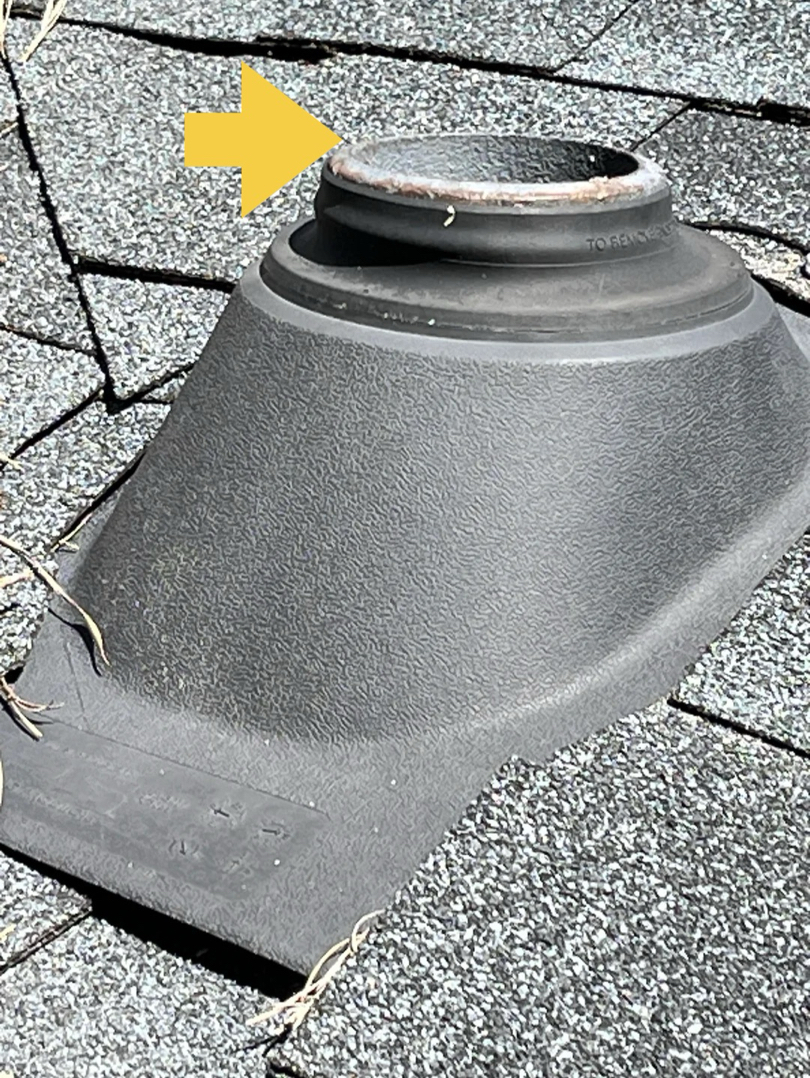
|
|
|
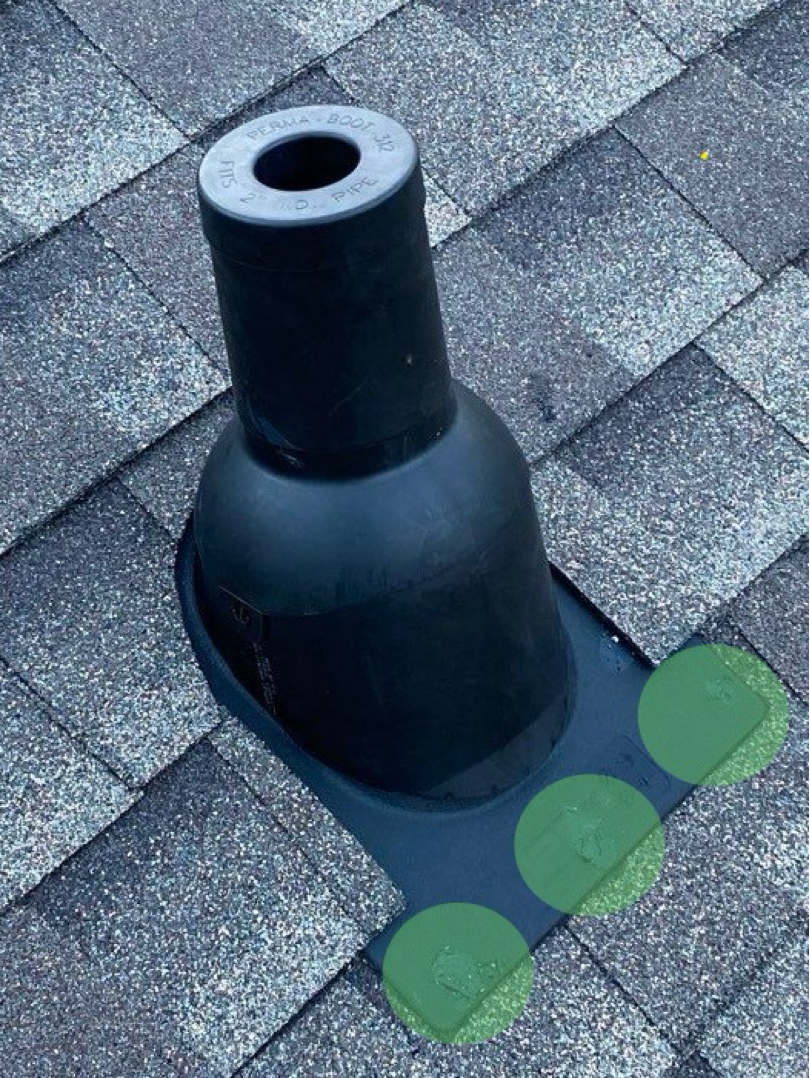
|
The Seals
A sealant is a viscous material that becomes a solid or semi-solid after it has been applied to any given surface. Upon solidifying, it effectively protects the roof from possible damage that can be caused by such elements as dust, smoke, air, gas, or water. Since your roof structure protects the entire home itself, it is easy to see how critically important the sealant is.
|
|
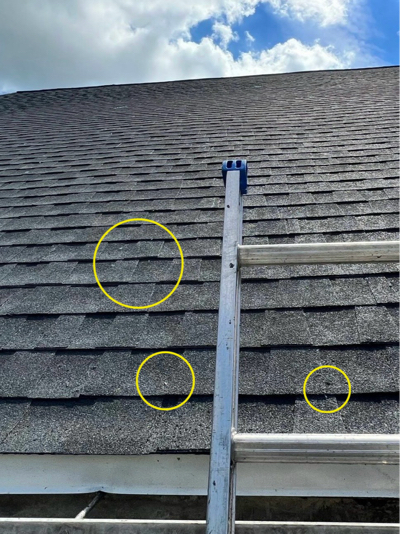
|
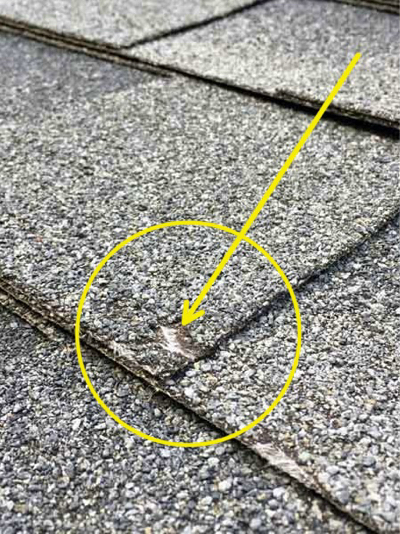
|
Minor Defects
Here are a few examples of minor infractions we found along the way.
Minor Defects 1
See photo. Minor debris.
|
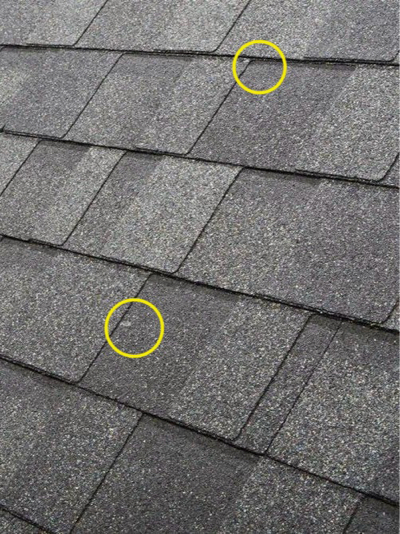
|
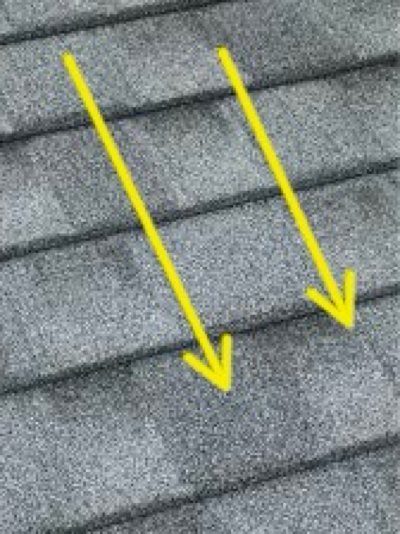
|
Minor Defects 2
See photo. Minor scar scars.
Minor Defects 3
See photo. Minor degranulation.
|
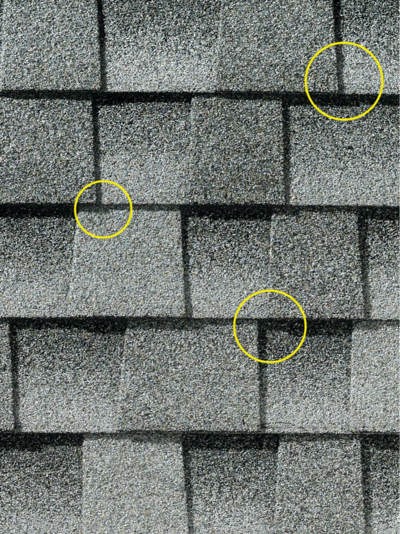
|

|
Minor Defects 4
See photo. Minor dings from installation.
Minor Defects 5
See photo. Slight lifting in the valley.
|
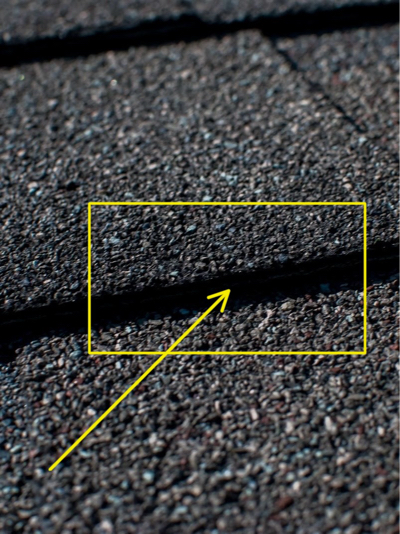
|
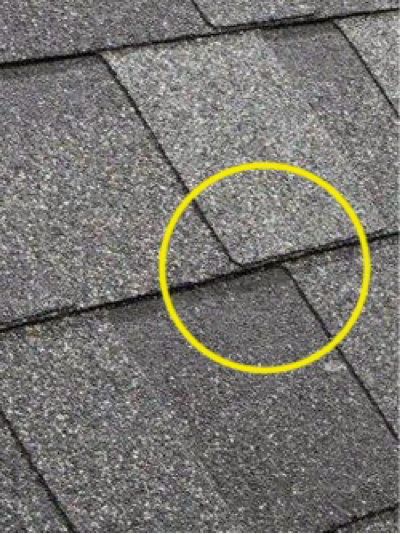
|
Minor Defects 6
See photo. Minor delamination.
Minor Defects 7
All of the above are not worth fixing at this point in time.
|
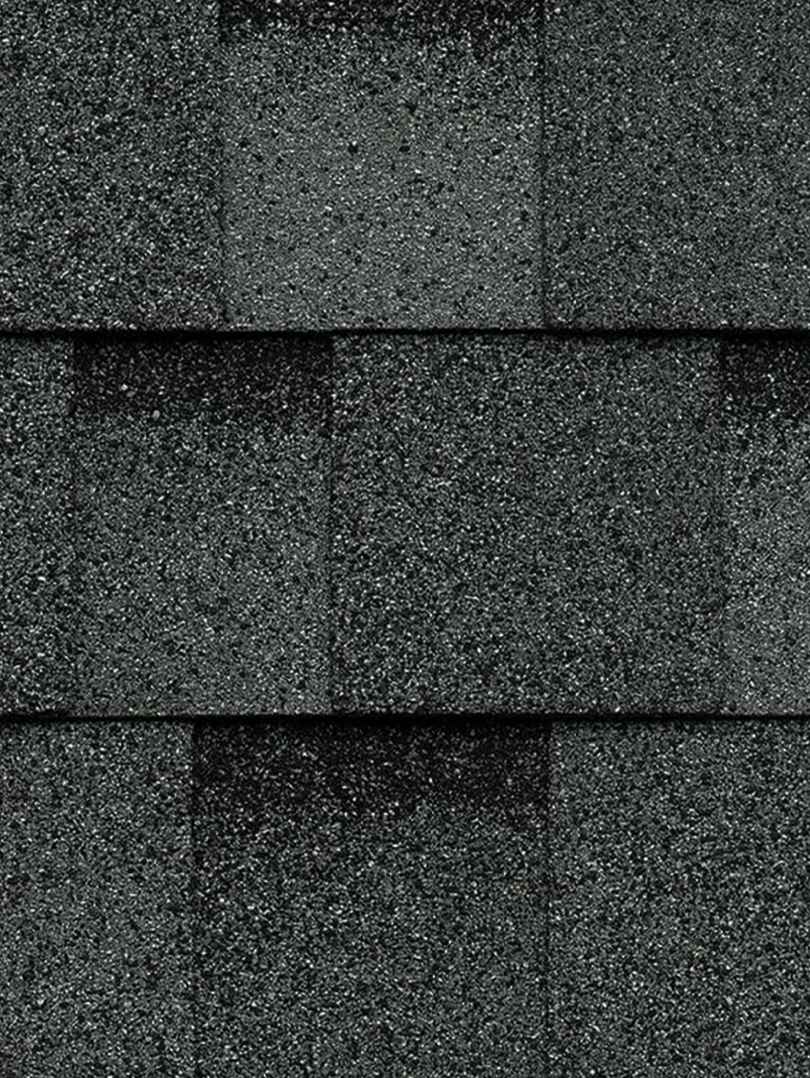
|
Roof Disclaimer Stuff
Minor deterioration or defects in the roofing material are considered to be functional damage. We can not see through the Shingle or membrane to the sheathing & therefore can not be inspected for evidence of leaks. The remaining roof life is approx only & does not preclude the possibility of leakage. Leakage can develop at any time & may depend on rain intensity, wind direction, ice buildup & other factors. Chimney/flue interiors that are not readily accessible are not inspected & could require repair. The roof inspection may be limited by access, condition, weather, or safety concerns.
|
|

|
Skywalker
Our field walks, roof walks, or Surface Artefact Collection (SAC), as it is sometimes known, is the systematic recovery & recording of “things” found on the roof's surface. Our findings are recovered by walking all over the roof in an organized fashion, as shown in the accompanying photos & pages below.
|
|
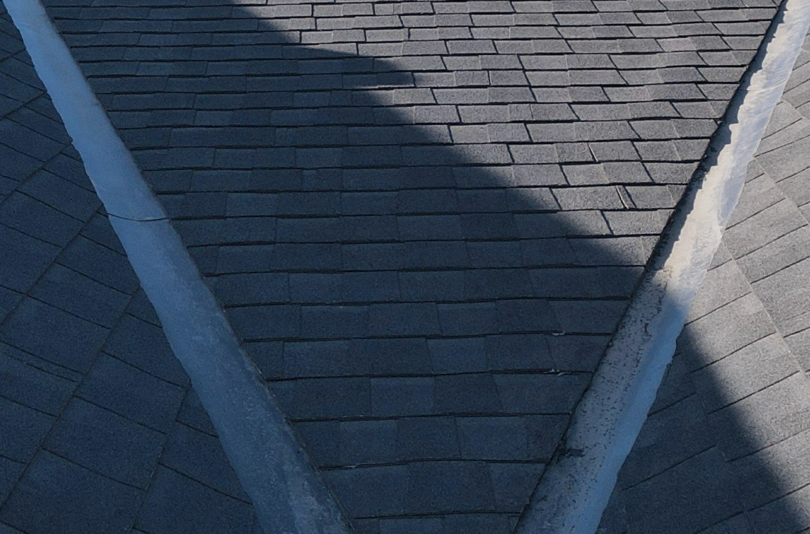
|
Roof Front View
Our roof walks are carefully planned with a defined objective that you’ll see throughout this report.
|
|
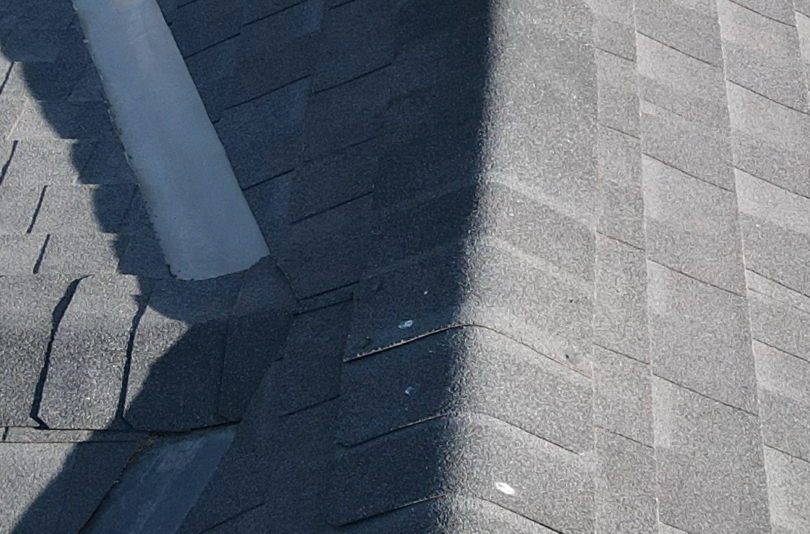
|
Roof Side View 1
In our planning & preparation for our skywalks, we typically use the transect method where we walk a GRID.
|
|
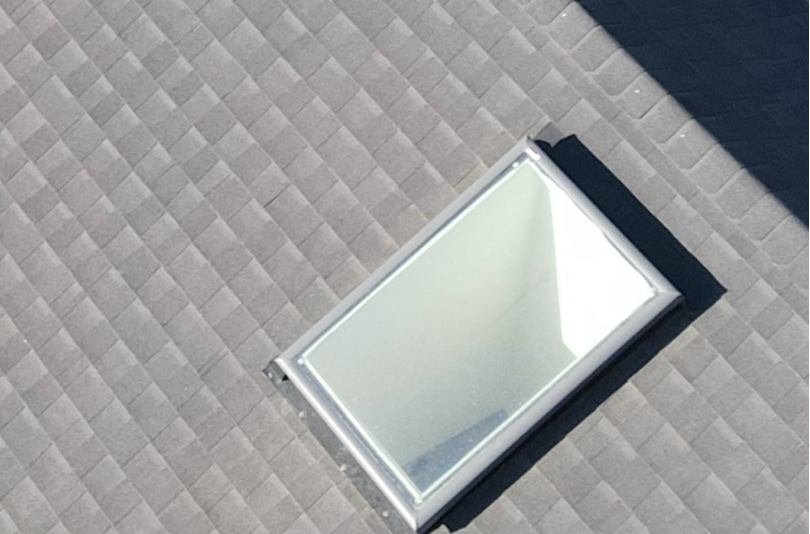
|
Roof Side View
For your records.
|
|
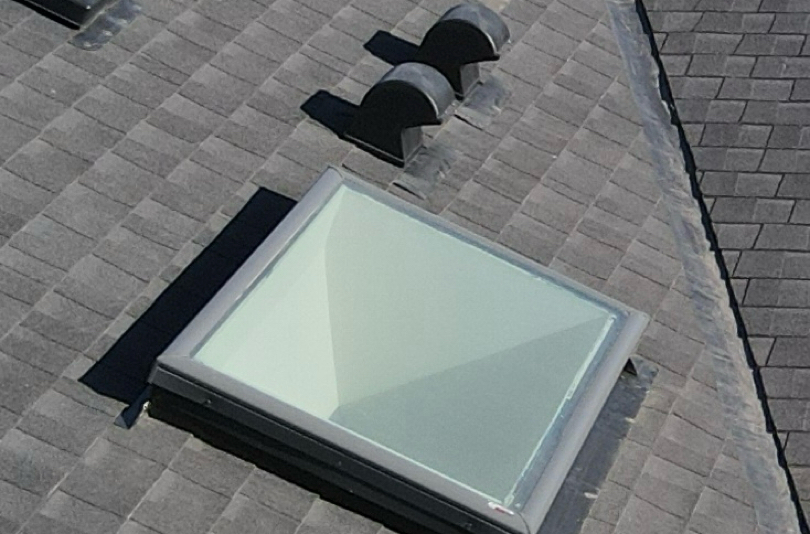
|
Roof Back View
Findings recovered from our walks are a representation of the entire surface & can provide quantitative data helpful in assessing the overall condition.
|
|
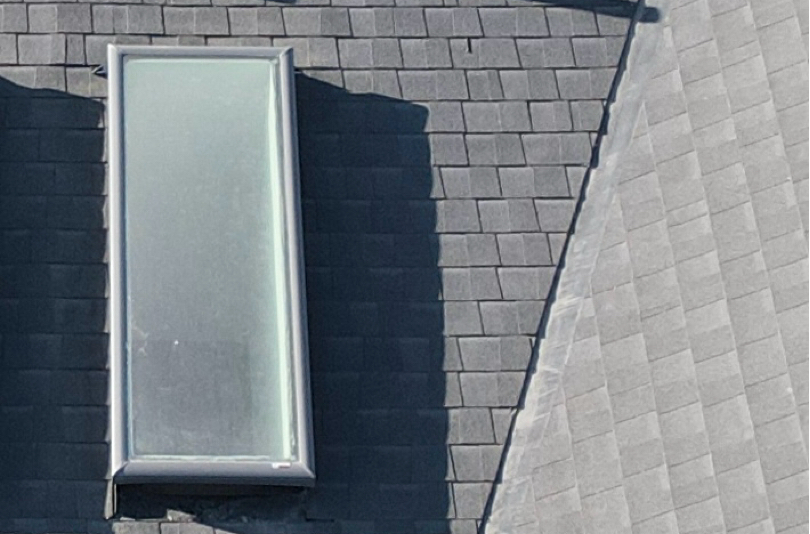
|
Corner Front View
Below is a few photos taken while doing our cross-grid investigation. We also do this to give you a better overall understanding of the condition of your roof.
|
|

|
Other Corner Front View
For your records.
|
|
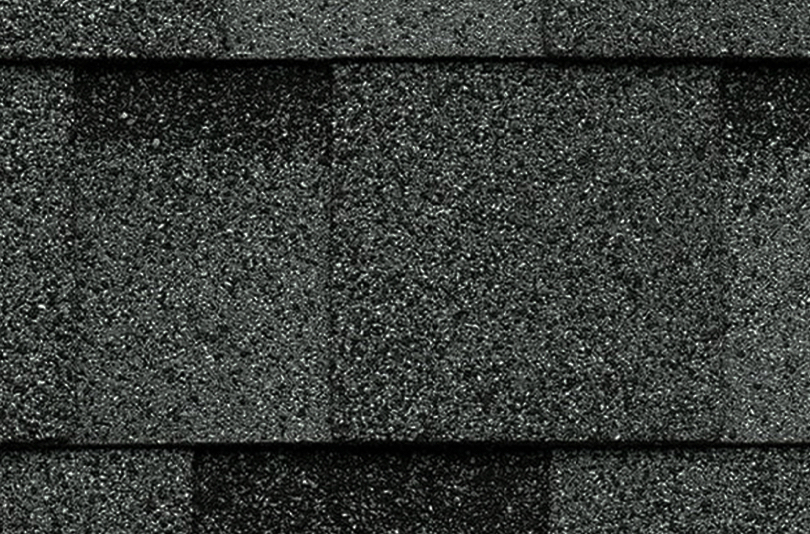
|
Corner Back View
For your records.
|
|
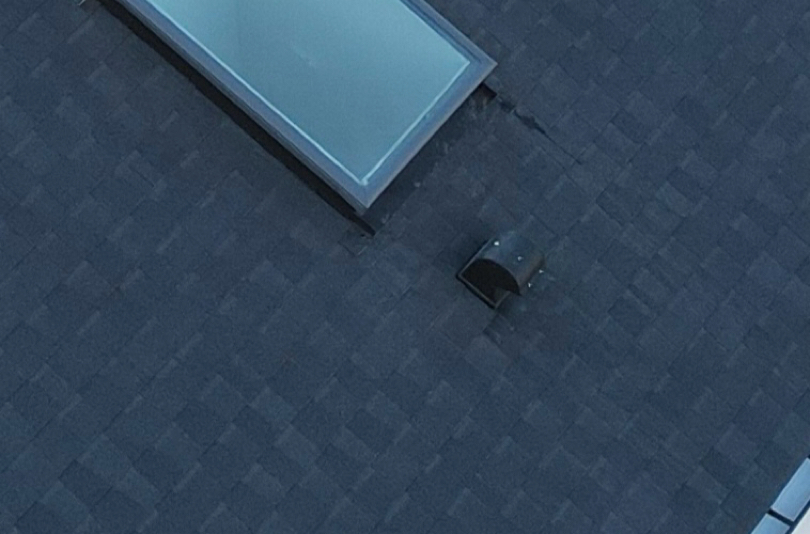
|
Other Corner Back View
For your records.
|
|

|
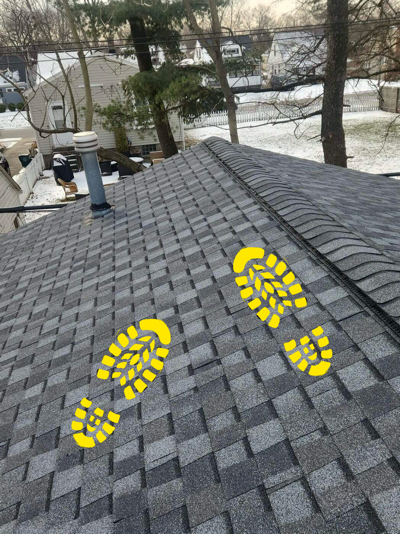
|
Squash / Deflection Test
We can’t take a photo of everywhere we stepped, but here are a few from select locations.
Soft Spot Check 2
For your records.
|
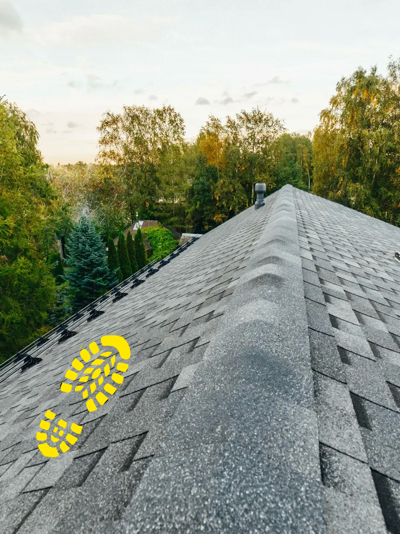
|
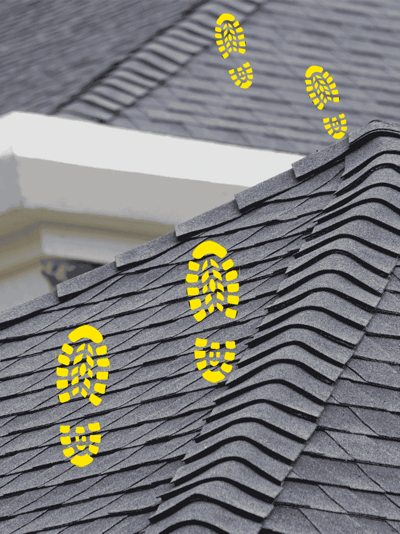
|
Soft Spot Check 4
For your records.
|
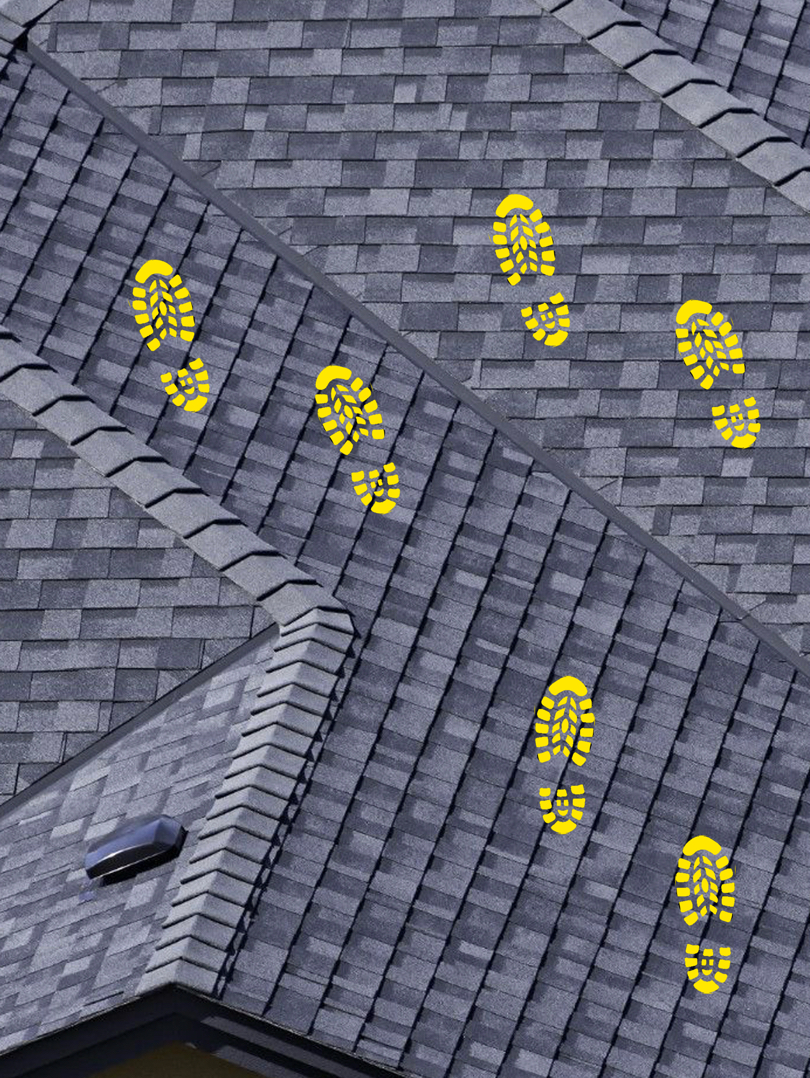
|
Squash / Deflection Test
Yes, we’re using our eyes, but as mentioned in the previous pages (walking the GRID), we’re using our feet to feel. Soft spots form when the layer underneath your roof gets doused. This often happens due to gaps in your roof’s shingles or membrane. Soft spots can occur anywhere on a roof, & often, there are several at a time. They are easiest to notice in the spring when warming temperatures cause shingles & other roofing materials to expand, making dips & buckles visible.
|
|

|
Seams & Lifting Shingles
Multiple factors negatively influence the adhesion of shingles & seams. These factors include manufacturing inconsistencies, improper installation, aging & deterioration, installations during cold weather, contamination of the adhesive, and cyclic thermal expansion & contraction.
|
|

|
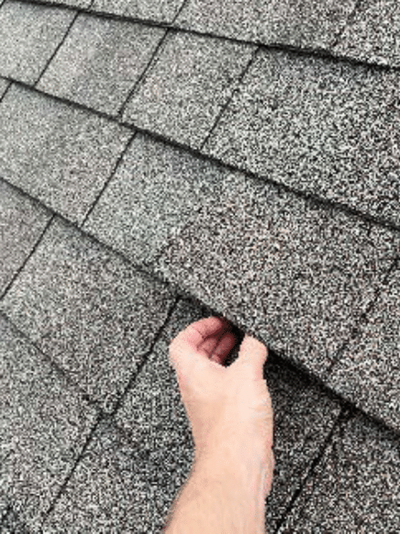
|
Lift / Seam Test
Visually examined for common defects.
Lift Check 3
Visually examined for common defects.
|
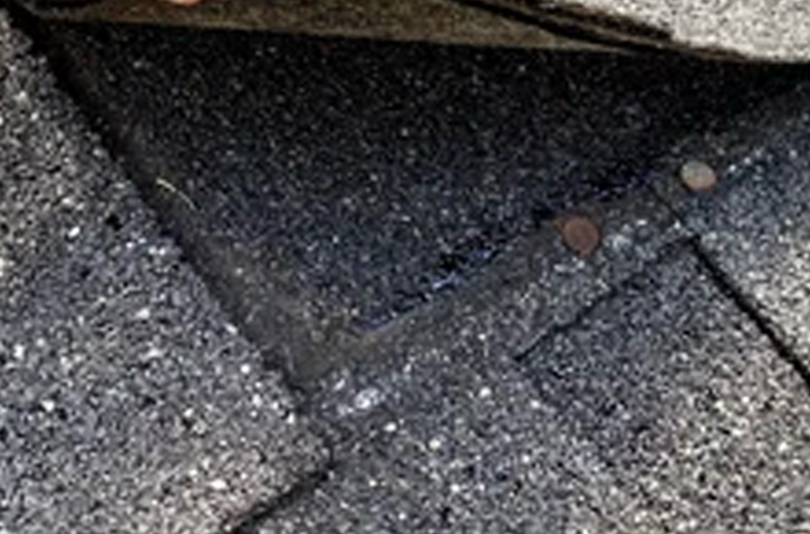
|
Lift Check 6
Visually examined for common defects.
|
|
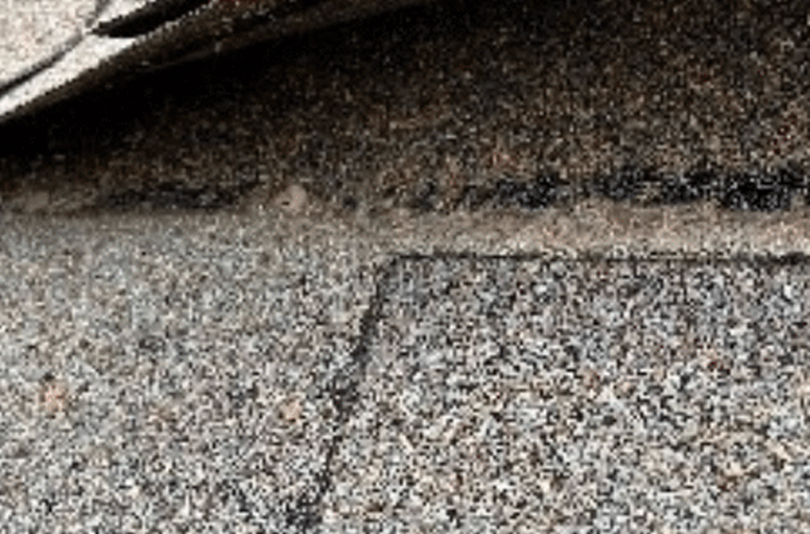
|
Lift Check 9
Visually examined for common defects.
|
|
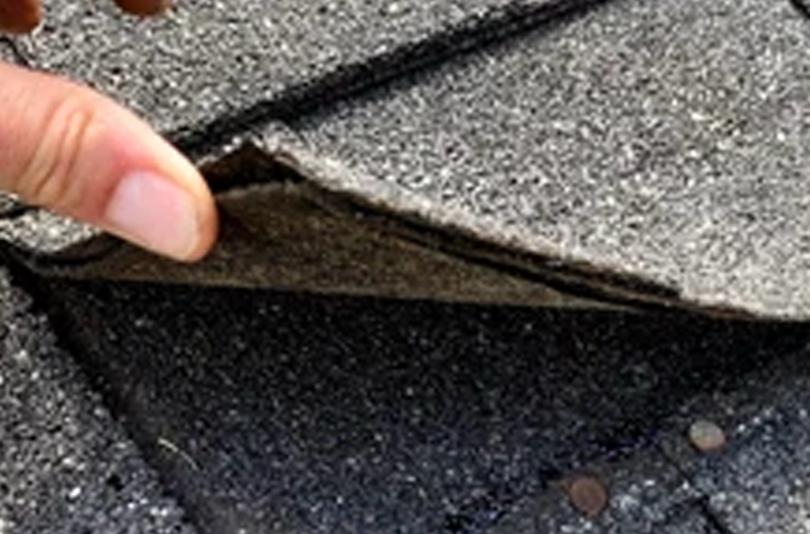
|
Lifting & Seams
Factors that influence lifting & seams include: - Where your home is situated & the local weather patterns - Your roof geometry - Installation flaws - The age & condition of the roof - Other variables When we touch a seam or shingle, we use gentle techniques & great care to help us better understand if it has been compromised through the elements, age, a bad install, or another variable.
|
|
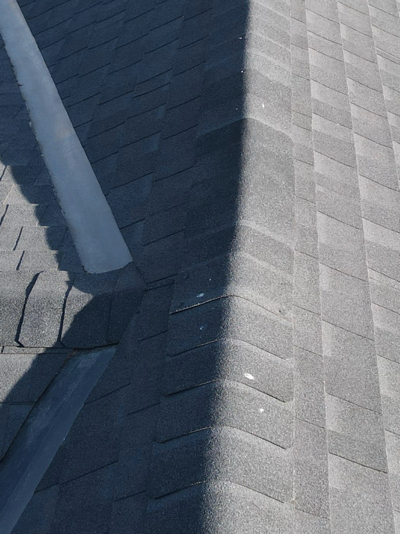
|
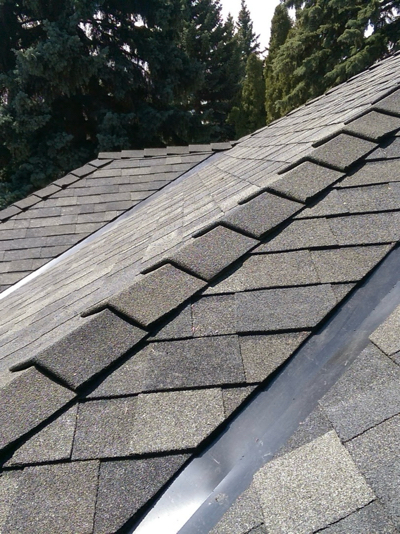
|
Shingle / Membrane Overlap 1
It is the most important chemical factor to be maintained in swimming pools. pH is measured on a scale from O to 14 with 7 being neutra
Shingle / Membrane Overlap 1
Visually examined for common defects.
|
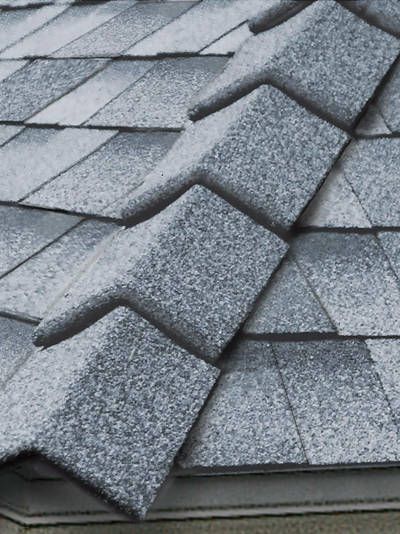
|
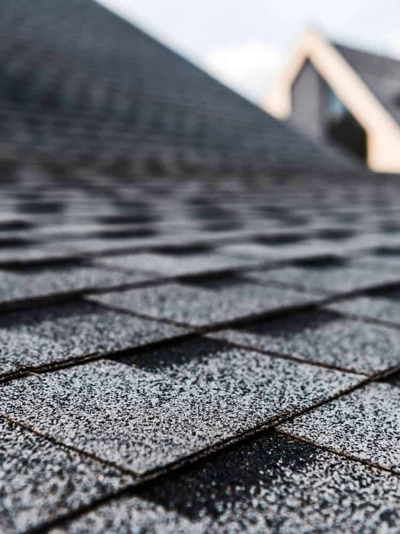
|
Shingle / Membrane Stagger 1
For your records.
Shingle / Membrane Stagger 2
For your records.
|

|
Staggers & Overlaps
No matter what you call it, maintaining shingle or membrane stagger is essential to prevent roof leaks & to conform with manufacturers’ instructions. Overlapping helps prevent wind & water from getting beneath the shingle or seam in this critical location. The underlayment is a secondary water barrier if any moisture gets beneath the shingles. Starter shingles are installed to overhang the edge of the eaves slightly to allow for water runoff.
|
|
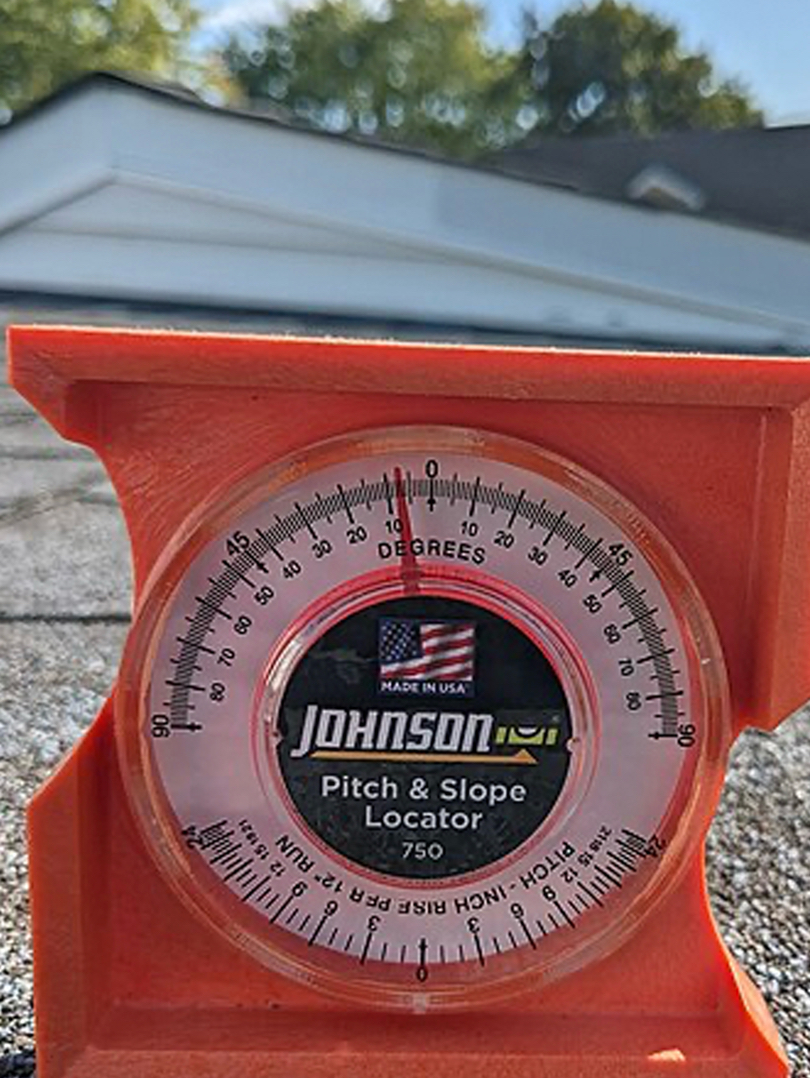
|
Pitch of the Roof
See photo.
|
|
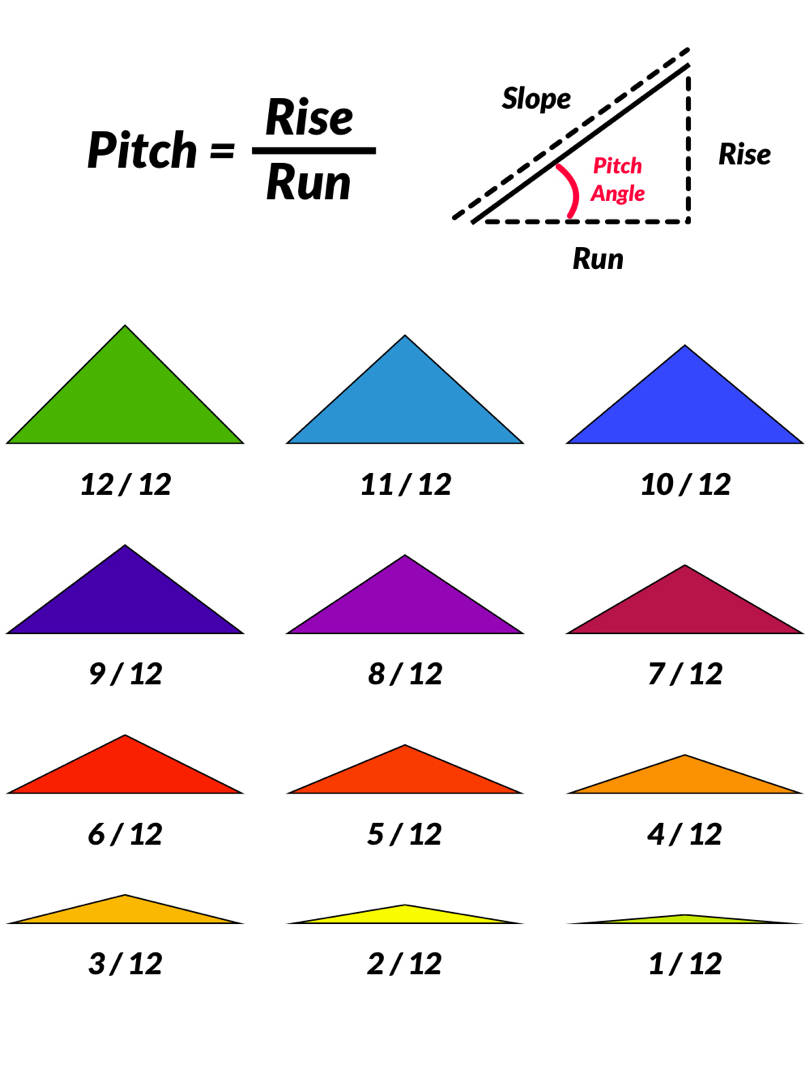
|
Roof Pitch Defined
Roof pitch is one of the most visible aspects of a roof. It’s the measure of the steepness of a roof or its slope. Roof pitch is expressed as a ratio of the roof’s vertical rise to its horizontal span, or “run.” In the United States, roof pitch is typically measured in inches and expressed as a ratio. The higher the first number (rise) in the ratio, the steeper the roof. The second number is the horizontal area measured, usually as a standard 12 inches (one foot of roof).
|
|
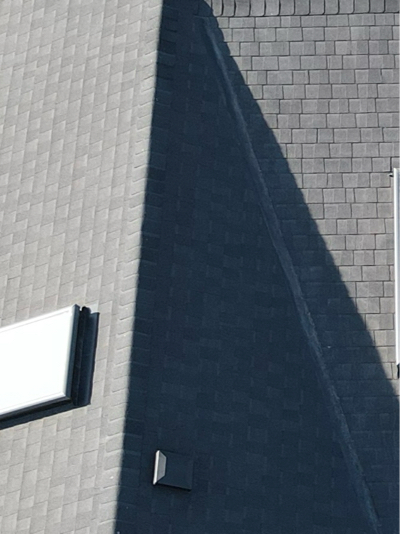
|
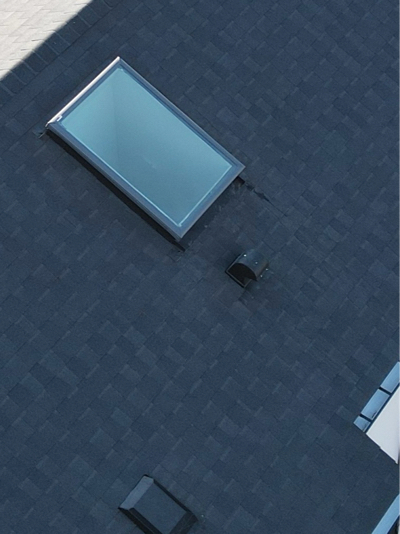
|
Roof Grade 1
A few photos we took while assessing drainage from varying vantage points.
Roof Grade 2
For your records.
|
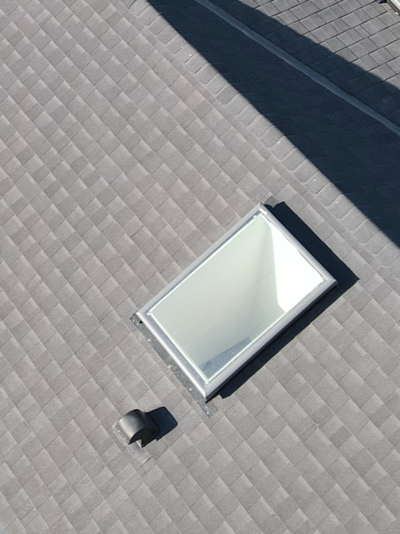
|
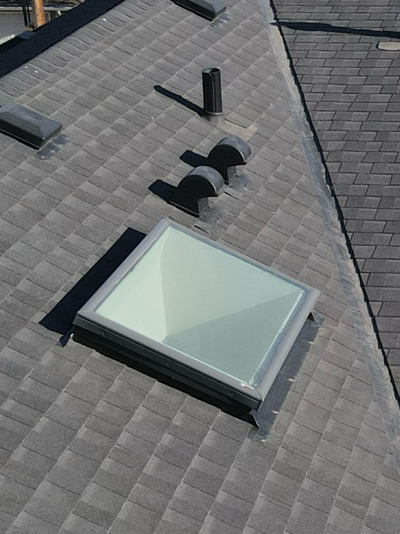
|
Roof Grade 3
For your records.
Roof Grade 4
For your records.
|

|
Roof Drainage
The roof slope determines how gravity directs water flow from the roof. Depending on the surface area of the roof, multiple drains must be installed. A roof system redirects water from the roof to the ground surrounding the structure to protect the structure from moisture damage. In general, roof slope tends to be proportional to the amount of rain an area receives.
|
|
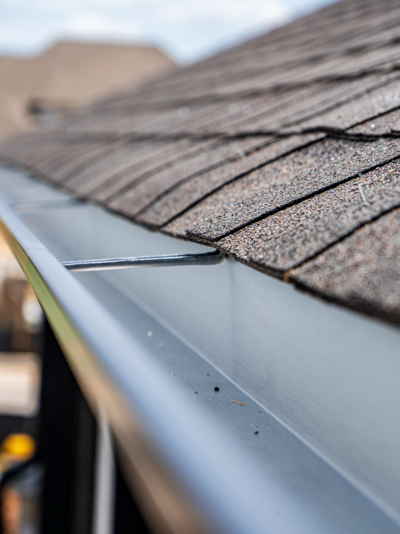
|
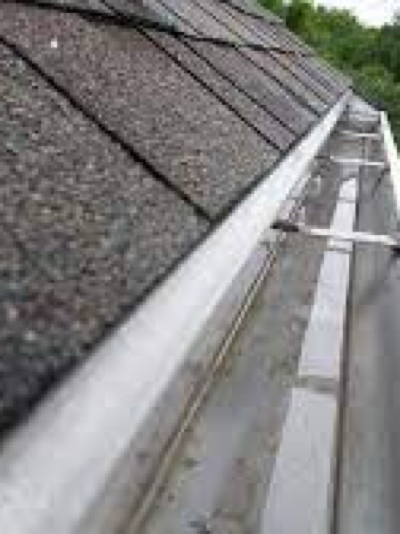
|
Inside Roof Drainage 1
A few photos we took while assessing drainage from varying vantage points.
Inside Roof Drainage 2
For your records.
|
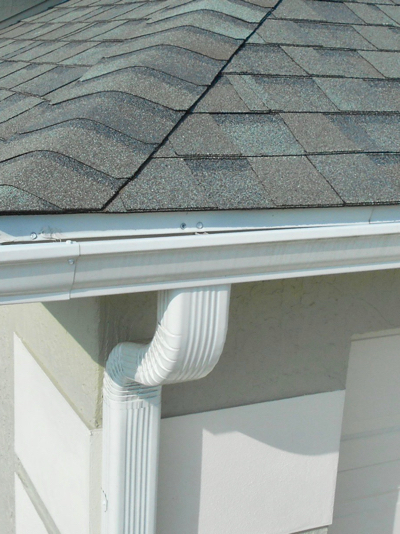
|
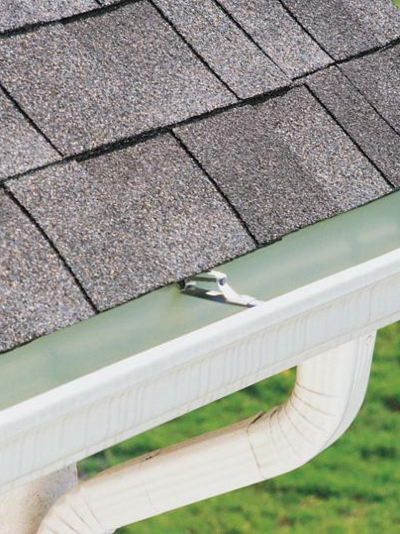
|
Inside Roof Drainage 3
For your records.
Inside Roof Drainage 4
For your records.
|
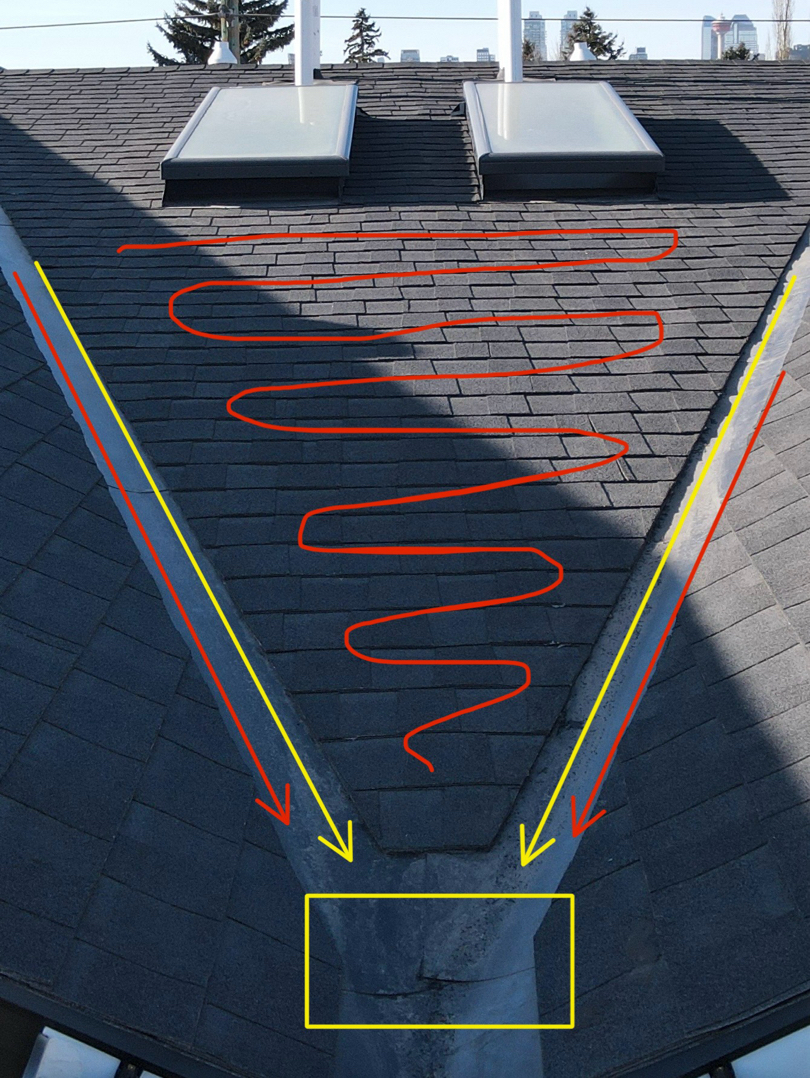
|
|
|

|
The Dexter Cut
What Does A Core Cut Test Tell Us?
By analyzing the core samples from your roof, you can identify the materials used for its construction. It is also a way to help determine if any hazardous materials have been utilized.
Thickness, Layers & Composition
Core sampling is an effective way to know about the roof design & composition. You can discern how thick your roofing system is, the details about the layers used, & the weight of those layers.
Identification of the Roof Slope
If you want to know what the slope of the insulation & roof deck is, core sampling is an ideal & reliable approach. It can also tell you what technique & materials provide the sloping.
Moisture Detection
The core sampling test can give you information about the presence & location of wet roofing components. You can ascertain whether water is trapped in the roofing system & how much of it is present.
Roof Deck Details
Information about the roof deck’s structural integrity, metal corrodes, concrete spalls, & more can be determined by this technique.
|
|
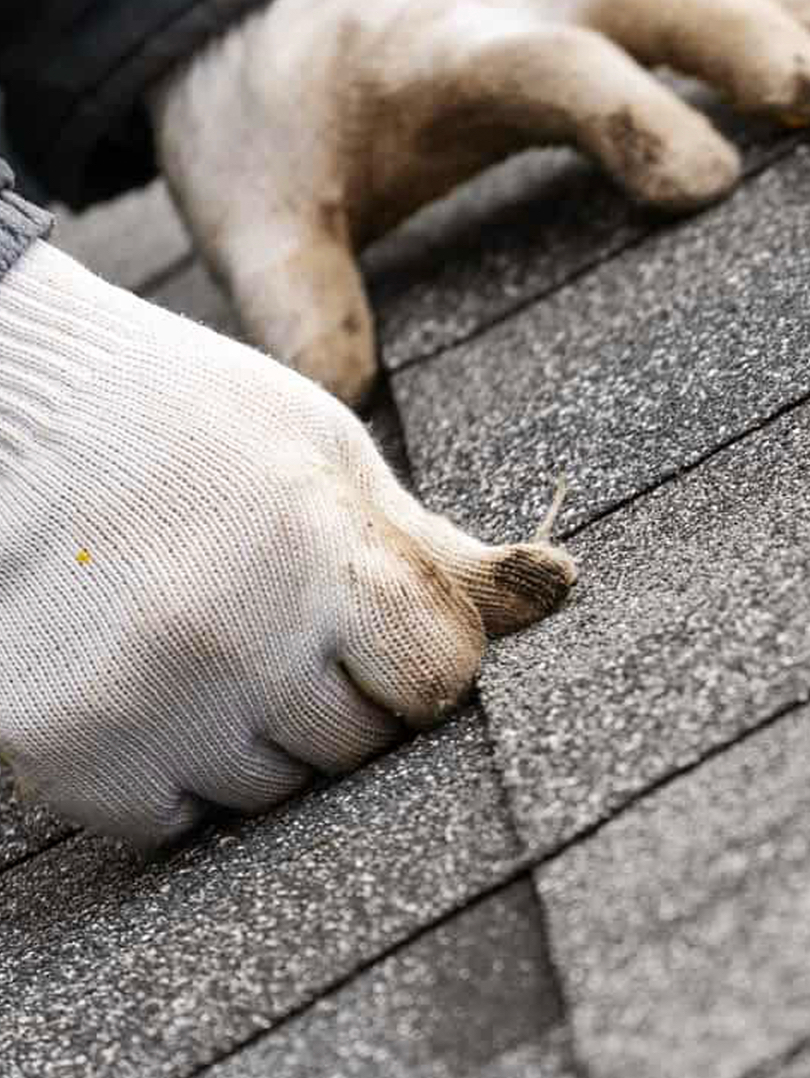
|
Spot BEFORE
Understanding Core Cut Tests Used for Roof Evaluation At first glance, roofing might seem quite straightforward & simple. However, it involves a lot of details. When we talk about roof inspection, evaluating an existing roof, or roof repair, designing & pricing are two vital aspects, & roof core cut testing is important to determine both.
|
|
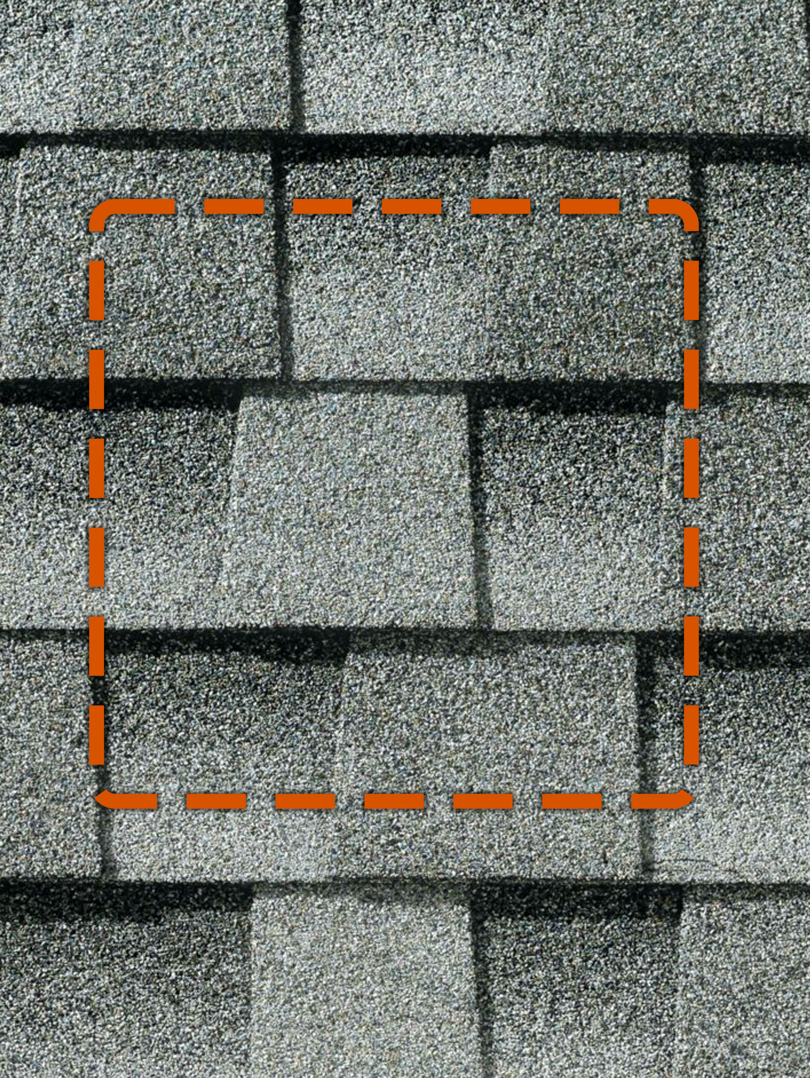
|
Spot AFTER
What Is A Core Cut Test?To simplify, a core cut test is when a designer or contractor cuts out a small cross-section of the roof to examine & determine the overall composition of the roofing system. Although cutting out a portion of the roof might seem to be an intrusive roof surveying technique, when it is executed by trained & certified professional roofing contractors, it can be quite harmless. |
|

|
Roof Skylights
These should be checked yearly (e.g., flashings, sealant & for other damage). When inspecting skylights, we look for signs of water intrusion, checking the interior ceiling below for staining, bubbling paint, or soft drywall. On the roof, we assess the condition of the flashing around the skylight to ensure it’s properly sealed and integrated with the roofing material. We check for any visible cracks in the glass or lens, signs of condensation between panes, and make sure the skylight is securely fastened and properly sloped to shed water. If it’s operable, we also test its function and check for smooth operation and a tight seal when closed
|
|
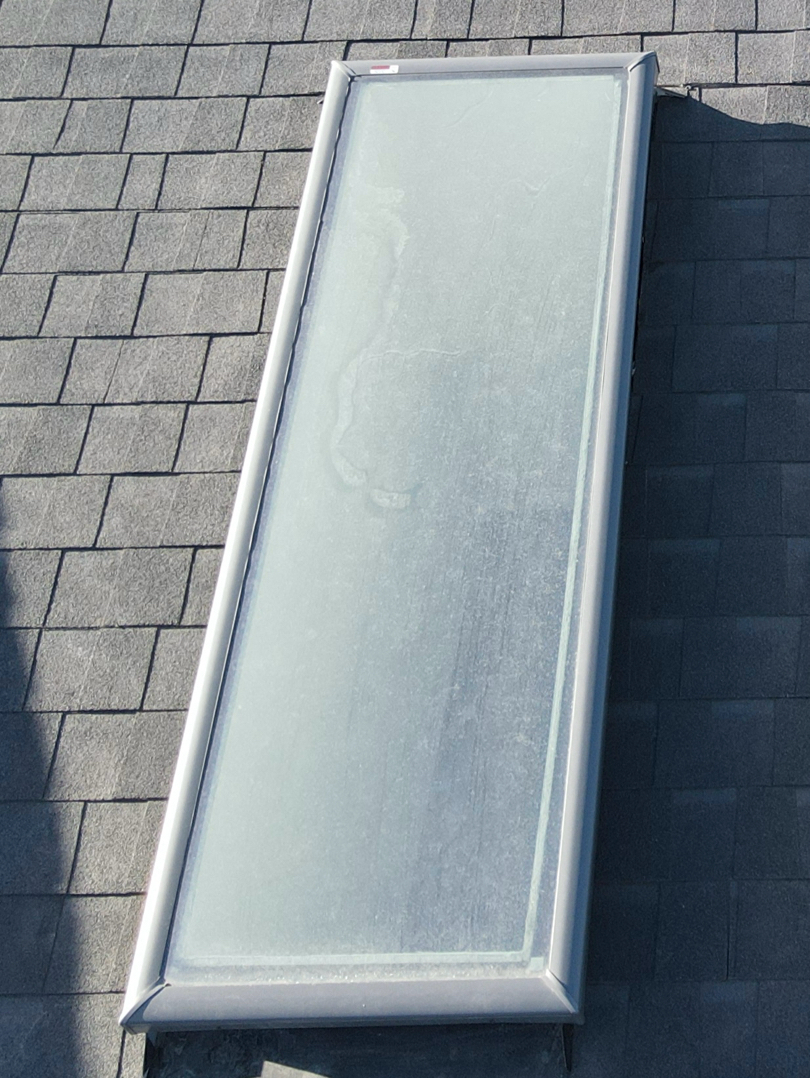
|
Support Photo
|
|
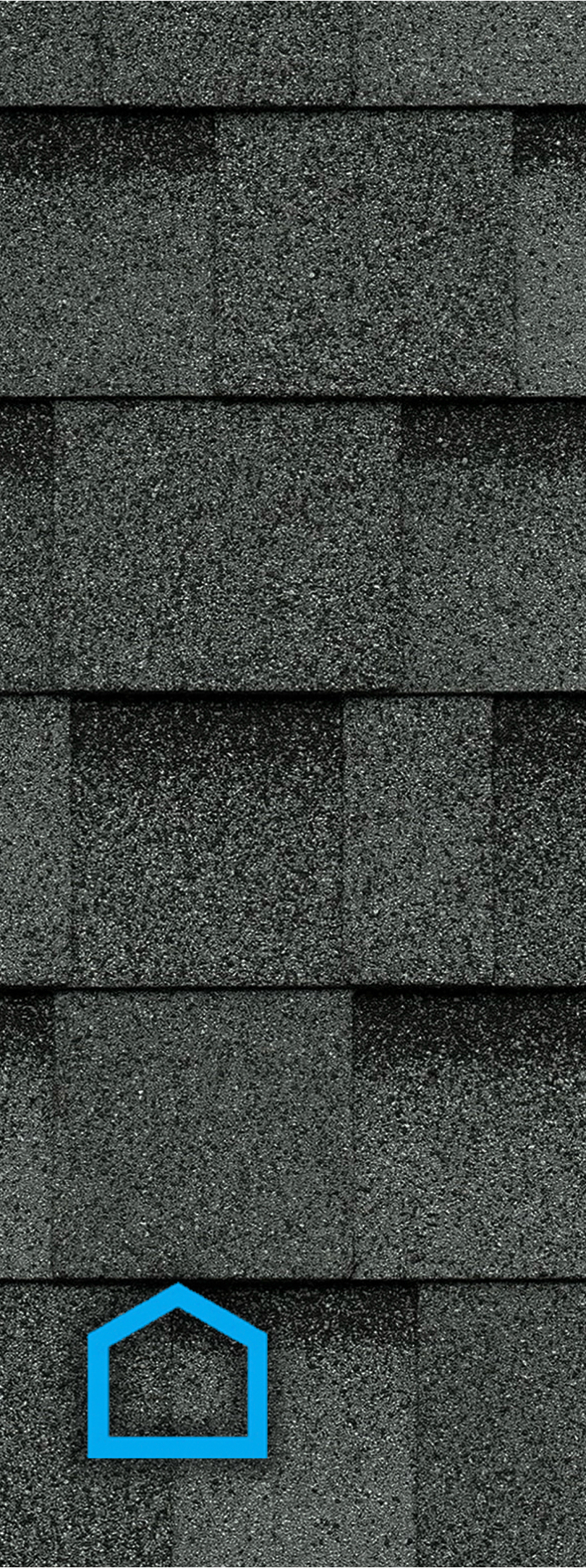
|
What Lies Beneath
How Long Does a Roof Last? One of the key factors that determine if you need a new roof is its age. Now, we all know roofs don’t last forever, but homeowners may be asking themselves: how long does a roof last? What factors impact how long a roof lasts? Quality of the installation & workmanship, environmental conditions, the quality of materials used, and the type of roofing material used. While several factors impact how long your roof lasts, your roof's lifespan most heavily depends on the materials used. This is what you can expect from NEW: - Asphalt 15-20 years - Wood 25-30 years - Metal 20-50 years - Architectural Asphalt 30-50 years - Composite 40-50 years - Slate 50+ years - Concrete 50+ years
|
|
| D BACK TO SUMMARY |
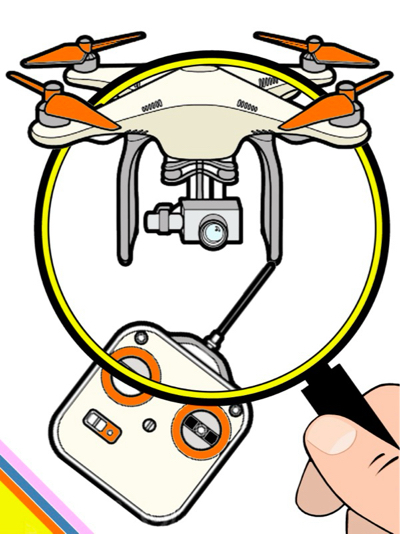
|
Drone Information
Allows us to enhance the collection of inspection data while removing slower manual steps that place us in danger.
|
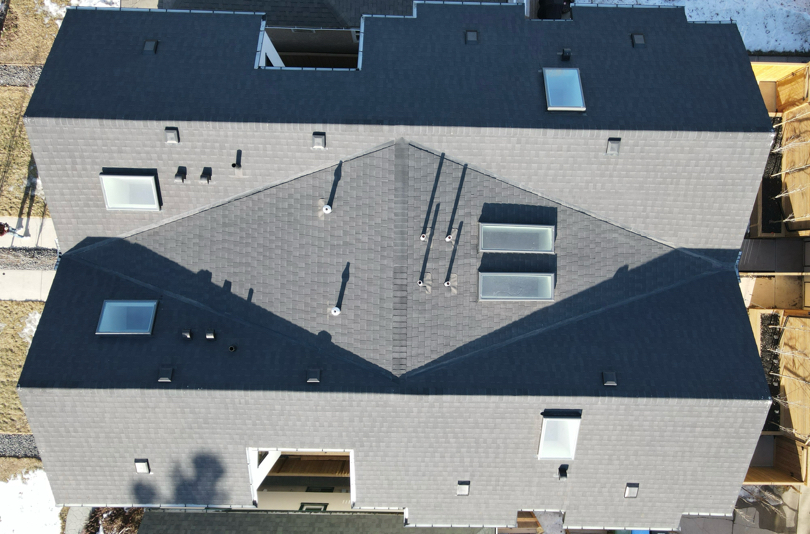
|
The View From Above
The roof of a home can account for up to 40% of the home's exterior. From curb appeal to home safety, it's important to keep the home looking sharp & (more importantly) dry. Make sure you look up every once in a while for anything out of the norm.
|
|

|
Roof Utility Penetrations
Used in roof assemblies to allow outside air to enter or exit. Such as vents, stacks, flues & others. These should all be inspected yearly for deterioration & re-sealed as needed.
|
|
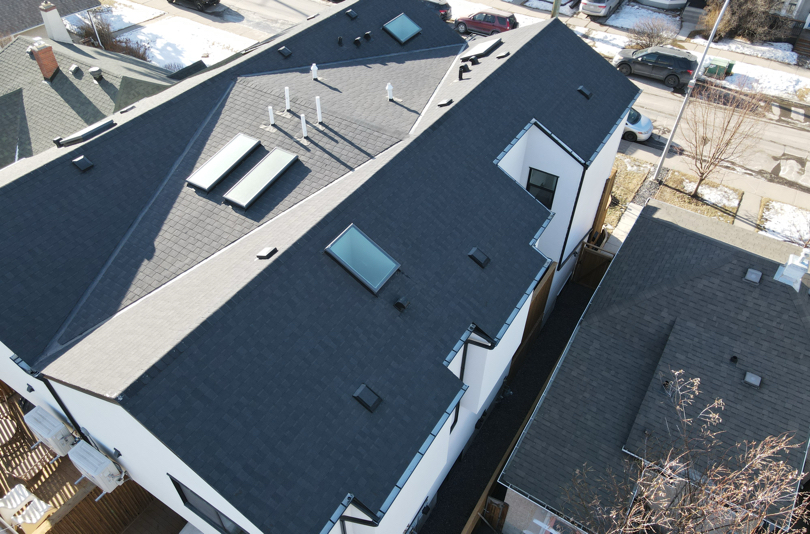
|
Inside Gutter
Responsible for channeling water flow from your roof through the downspouts & direct it to appropriate areas. Regular cleaning of trough/scupper should be part of your yearly maintenance schedule.
|
|
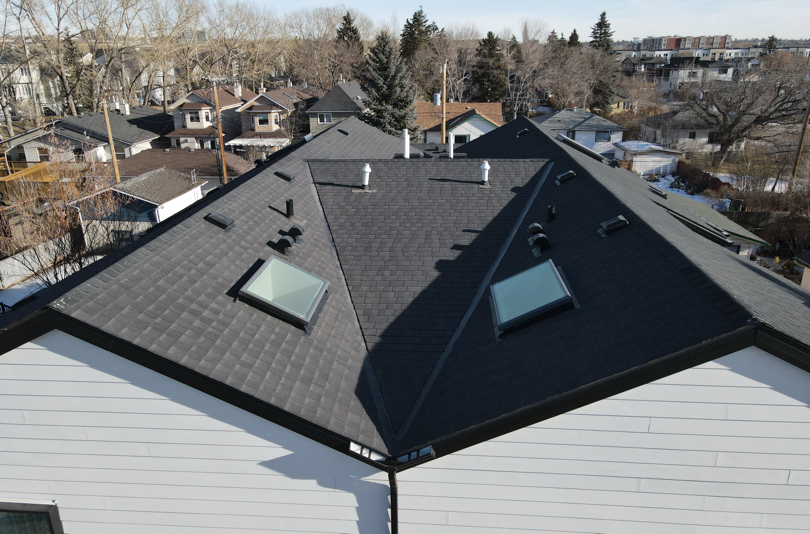
|
Roof Front View
See Photo.
|
|

|
Roof Side View
Assessed for structural deficiencies
|
|
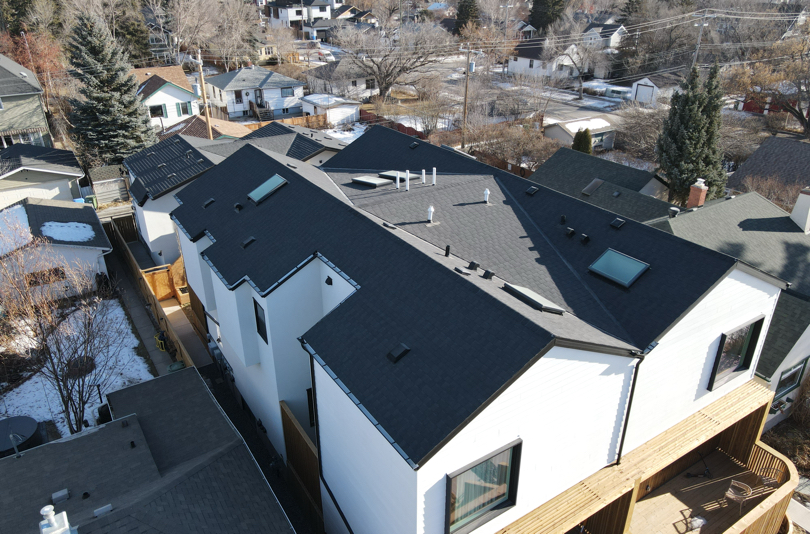
|
Roof Side View
Visually examined for common defects.
|
|
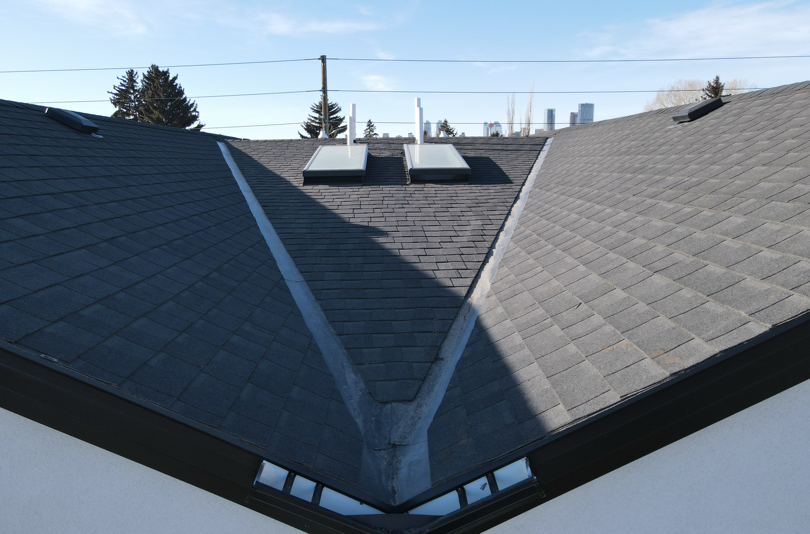
|
Roof Back View
See Photo.
|
|
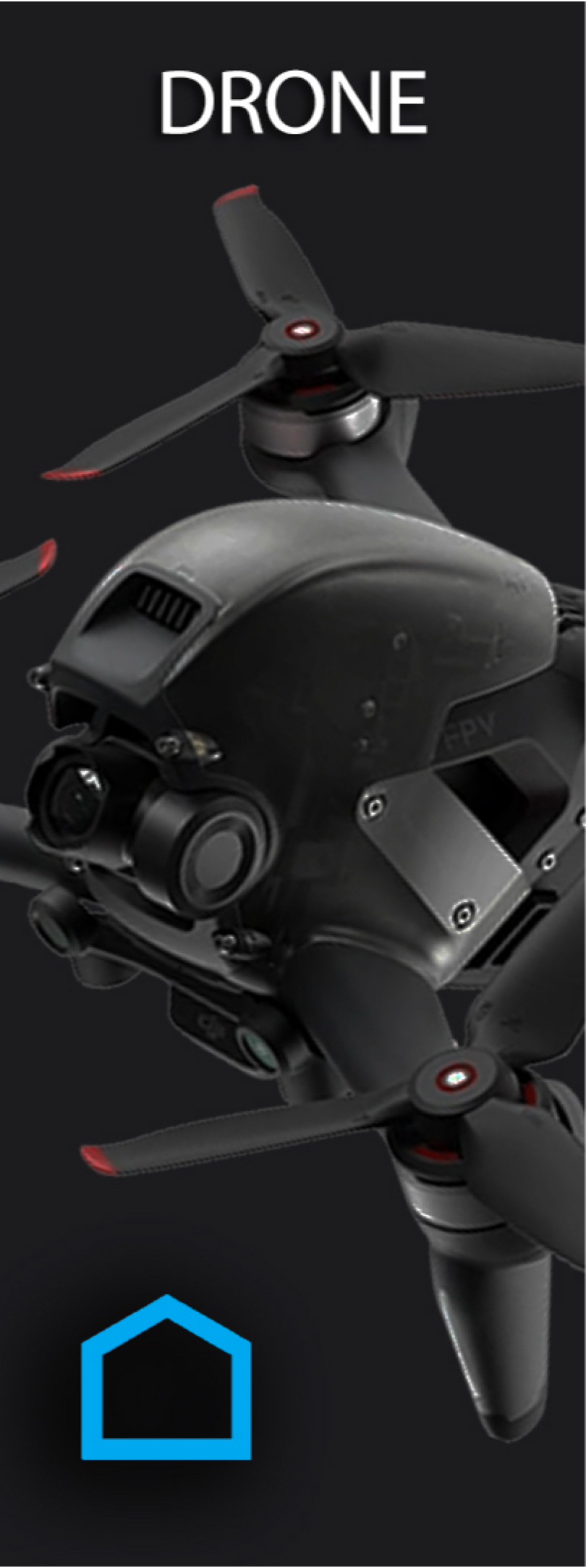
|
Bird’s Eye View
Most people call them drones. Technically, they’re UAVs (unmanned aerial vehicles) or sUAS (small unmanned aircraft systems). No matter what you call them, these flying cameras & sensor holders have rapidly become valuable industrial inspection tools. Drone-based inspections help us improve efficiency & data quality while increasing safety & speed of operation.
|
|
insurance
| Overview | |
| Building Year | 2022 Holmes by Glen |
| Outdoor Temperature | 27°C clear skies |
| Roof | |
| Inspection Limitations | Height / Slope |
| Roof Pitch | 4/12 approx. 6/12 and 7/12 |
| Approximate Age | 3 years old |
| Roof Material | Asphalt Shingle Cambridge IKO |
| Hail Damage? | Very minimal but seen NW corner of roof |
| Gutter Material | Aluminum, poor grading, SW and NW corners |
| Valley Material | Aluminum very minor hail damage noted |
| # of Roof Vents | One per 300 ft.² as per code |
| Intake Vents | Main source, soffit perforations |
| Type of Intake Vents | Soffit / one Gunter |
| # of Roof Stacks | 3 |
| Fascia Material | Hardy board |
| Soffit Material | Aluminum, perforated at front and back |
| Vegitation Proximity | Touching and close proximity half a metre |
| Parapet Walls | Not applicable |
| Cap Flashing | Not applicable |
| # of Skylights? | 6 all flashing, fasteners, Inspected |
| Other Utilities | Not applicable |
| Add. Features | Not applicable |
| Utility Curbs | Not applicable |
| # of Dormer(s) | Not applicable |
| Garage | |
| Inspection Limitations | Height /slope |
| Roof Pitch | 6/12 approx. |
| Roof Age | 3 years old very good condition |
| # of Roof Vents | 2 |
| Other Utilities | Not applicable |
| Add. Features | Not applicable |
insurance
| Attic | |
| Inspection Limitations | Access and visibility |
| Hatch Location | Master closet |
| Hatch Thickness | Approximately 8 inches, rigid foam |
| Sheathing Material | OSB and partial plywood 3/8 of an inch |
| Approx. R-Value | Unevenly distributed cellulose. Average R 38. |
| Type of Insulation | Loan in cellulose, some fiber, bat, rigid foam |
| Vapour Barrier | From what can be seen, yes, good overlap |
| Thermal | |
| Inspection Limitations | n/a all ceiling scanned, and exterior walls |
| Health & Safety | |
| Inspection Limitations | Safety |
| Safety Features | Roof Anchors x2 |
| Structure | |
| Inspection Limitations | Visibility |
| Roof Structure | Truss and scissor truss. One vault. |
| Add. Features | |
| Other | Not applicable |
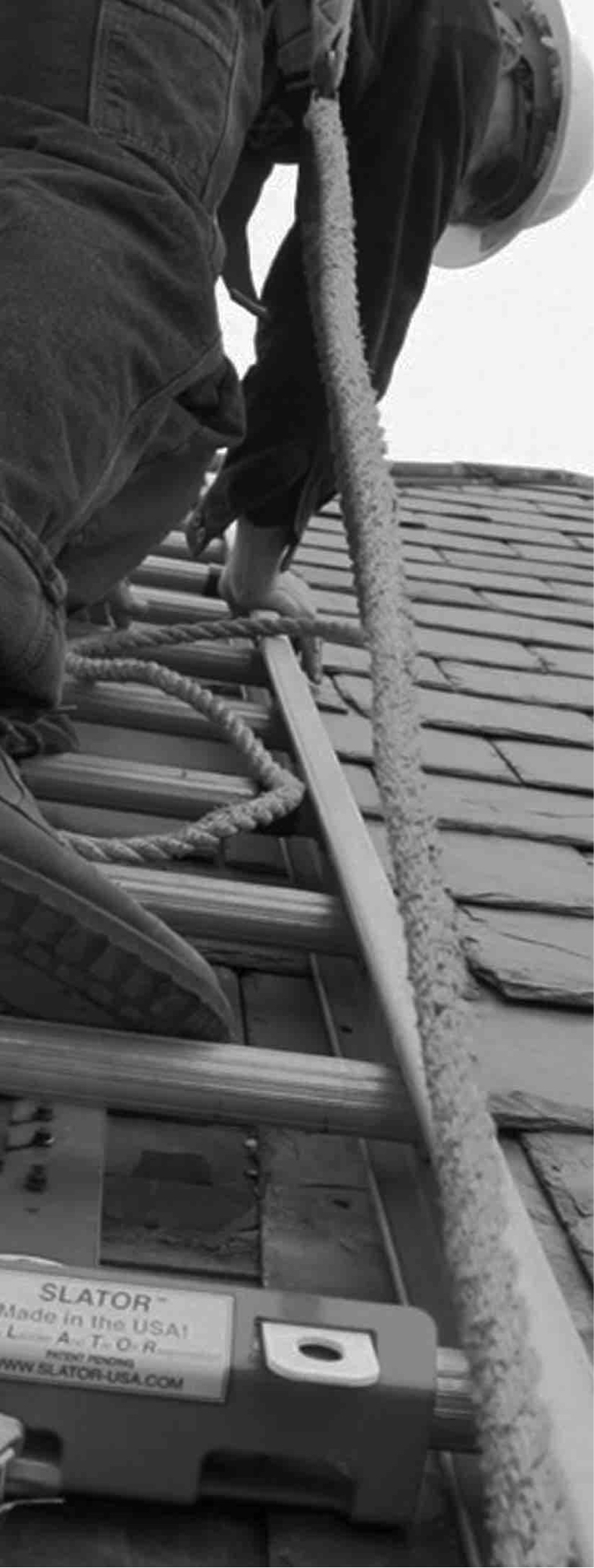
72 seconds
Positive reviews from awesome customers like you help others to feel confident about choosing twenty20 & our “to the point” reporting methodology.
We’d so appreciate if you could take 72 seconds to click on our logo below and share your happy experience.
Thanks in advance
